Marketing to seniors (adults aged 65+) allows you to tap into a growing and affluent market.
Here’s how to market to seniors effectively:
1. Conduct Audience Research
Audience research is the process of gathering and analyzing information about your target audiences. With the aim of reaching and engaging them more effectively using more personalized content.
Rather than making assumptions about older adults, look at what the data tells you. And build your strategy accordingly.
This can streamline decision-making and lead to better outcomes.
To get started, try Semrush’s One2Target tool.
Choose your location and enter up to five competitors’ domains.
Then, click “Analyze.”
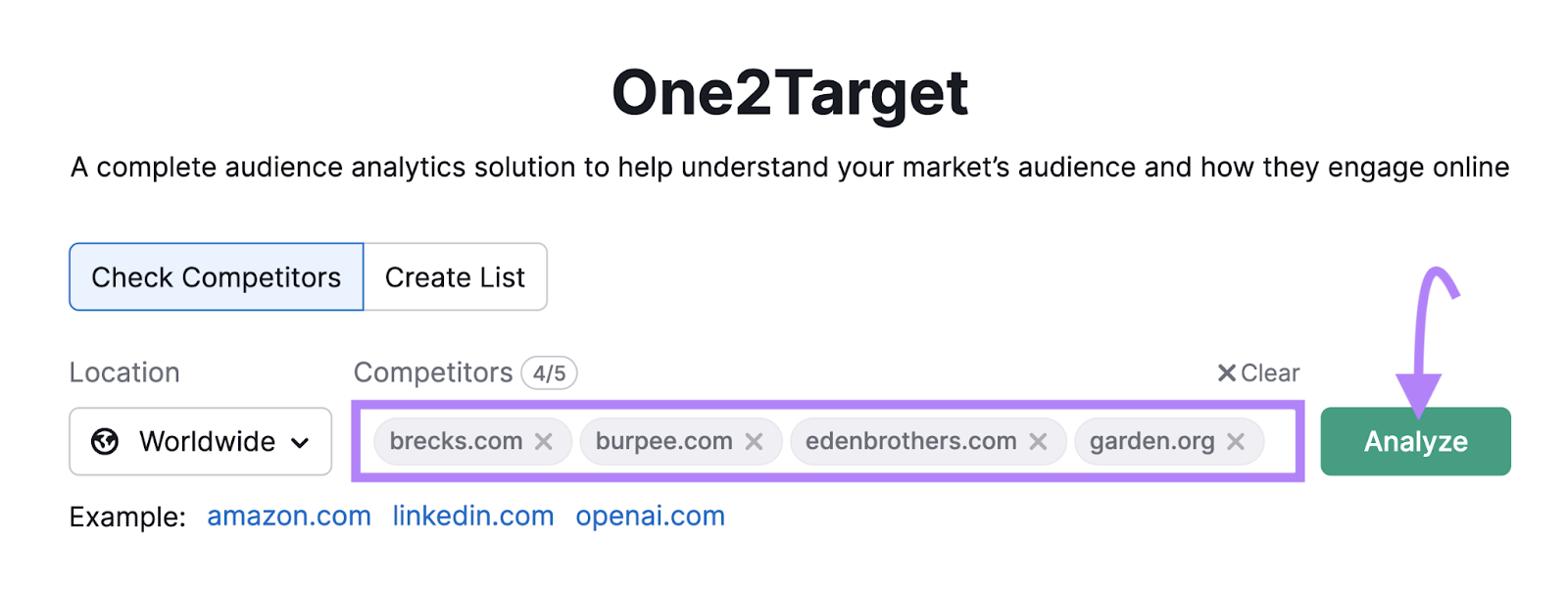
In the “Demographics” tab, you’ll see an age breakdown for your rivals’ audiences.
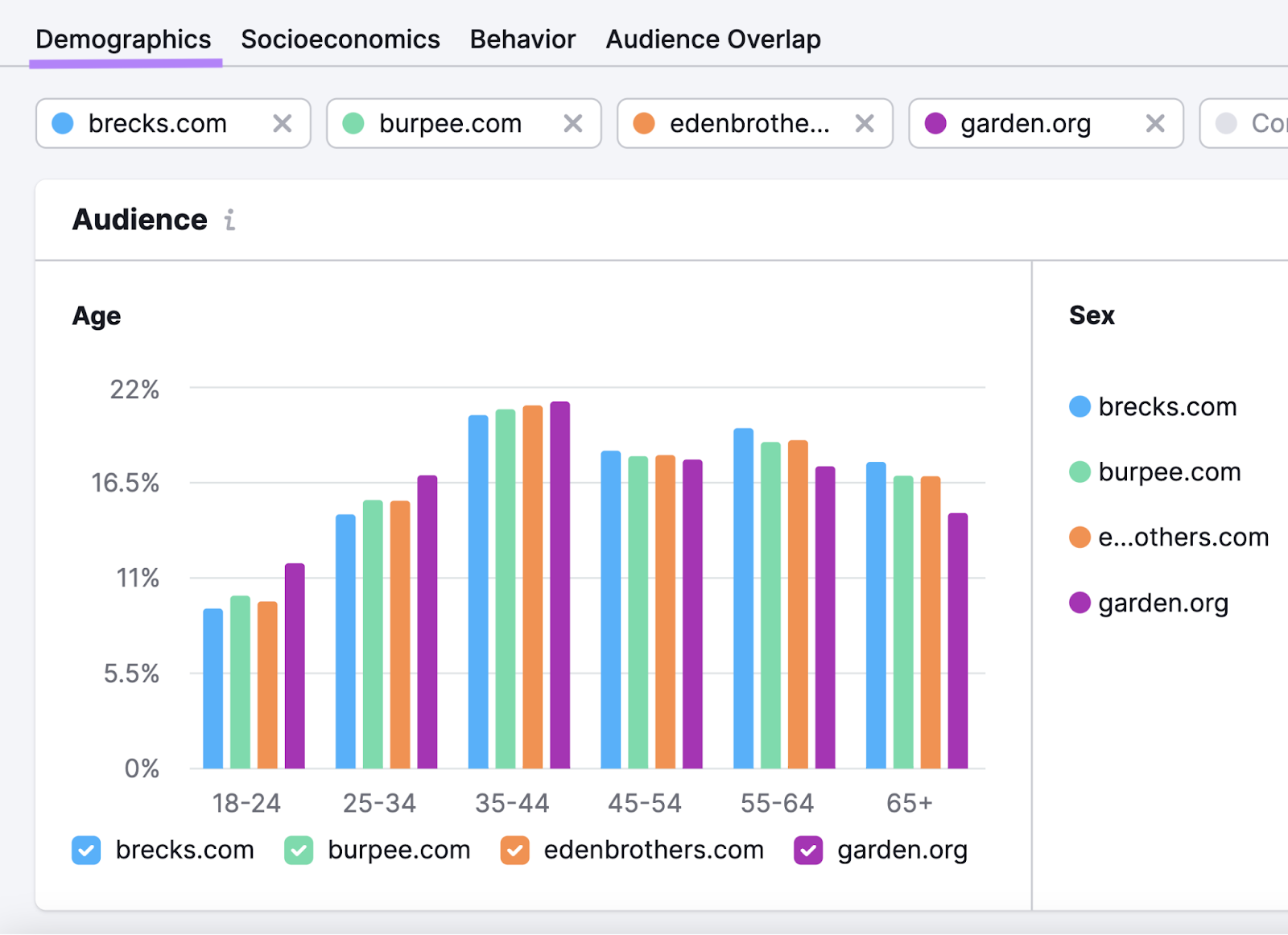
Head to the “Socioeconomics” tab to see what percentage of each audience is retired.
You can also find data about household sizes, income levels, and education levels.
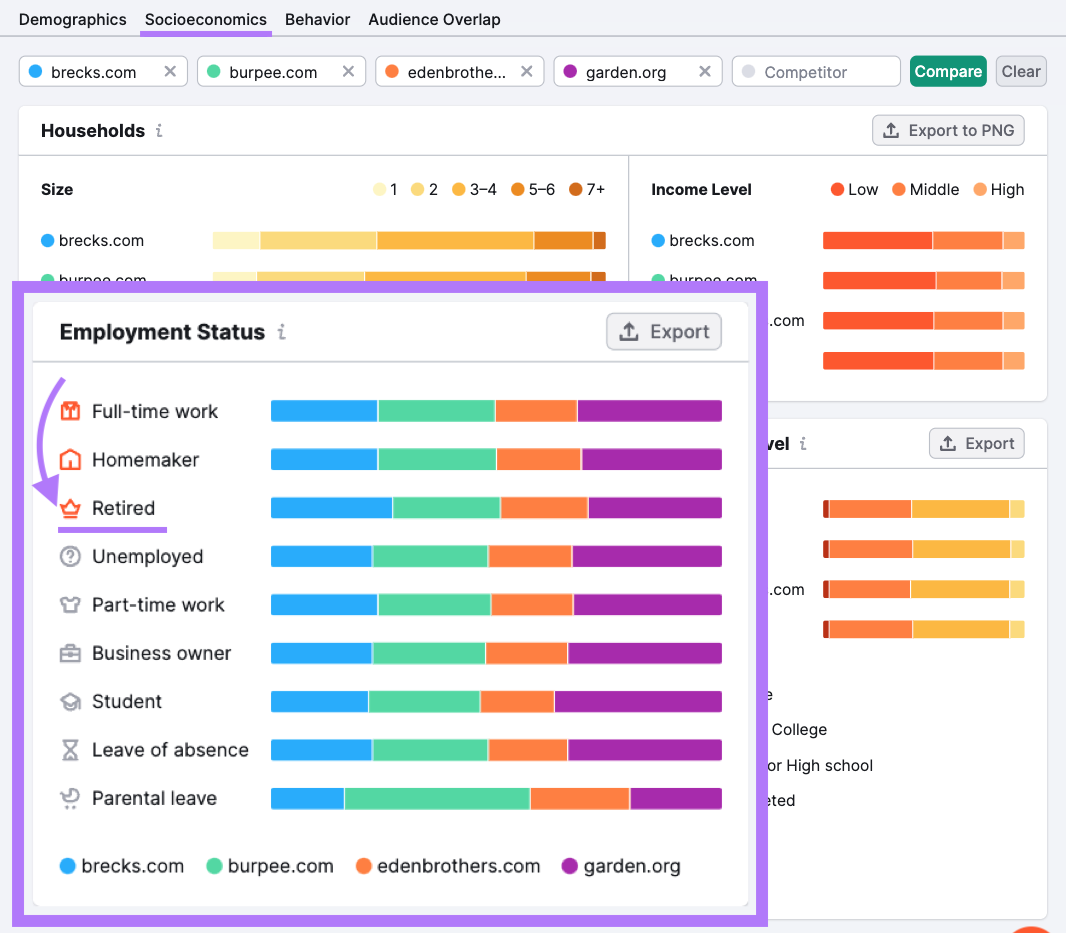
For more information, analyze your or your rival’s X (formerly Twitter) followers.
Enter an account username into the Audience Intelligence app.
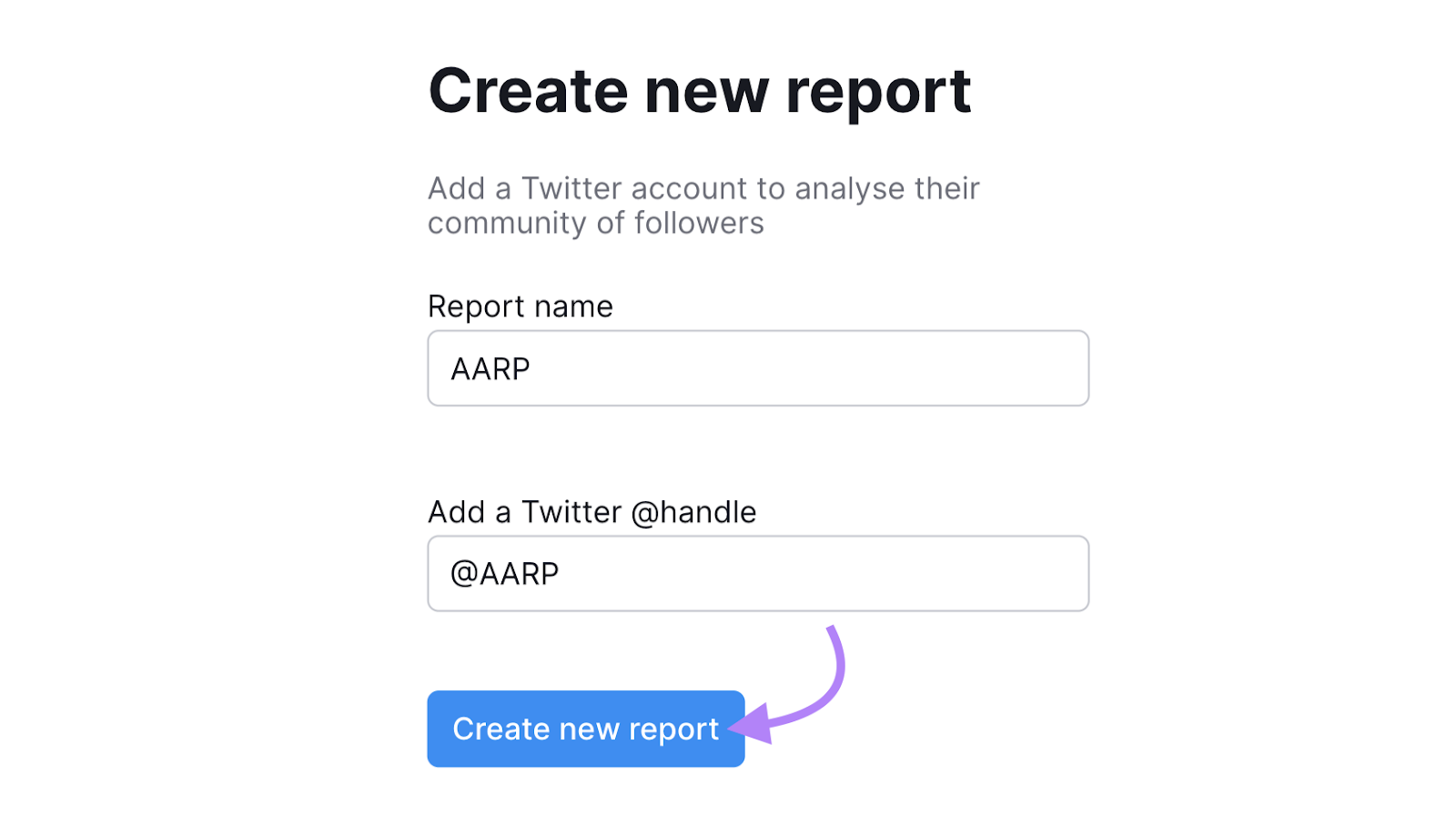
Then, go to “Demographics” to see what proportion of their followers are over 65. And how that compares to the global average.
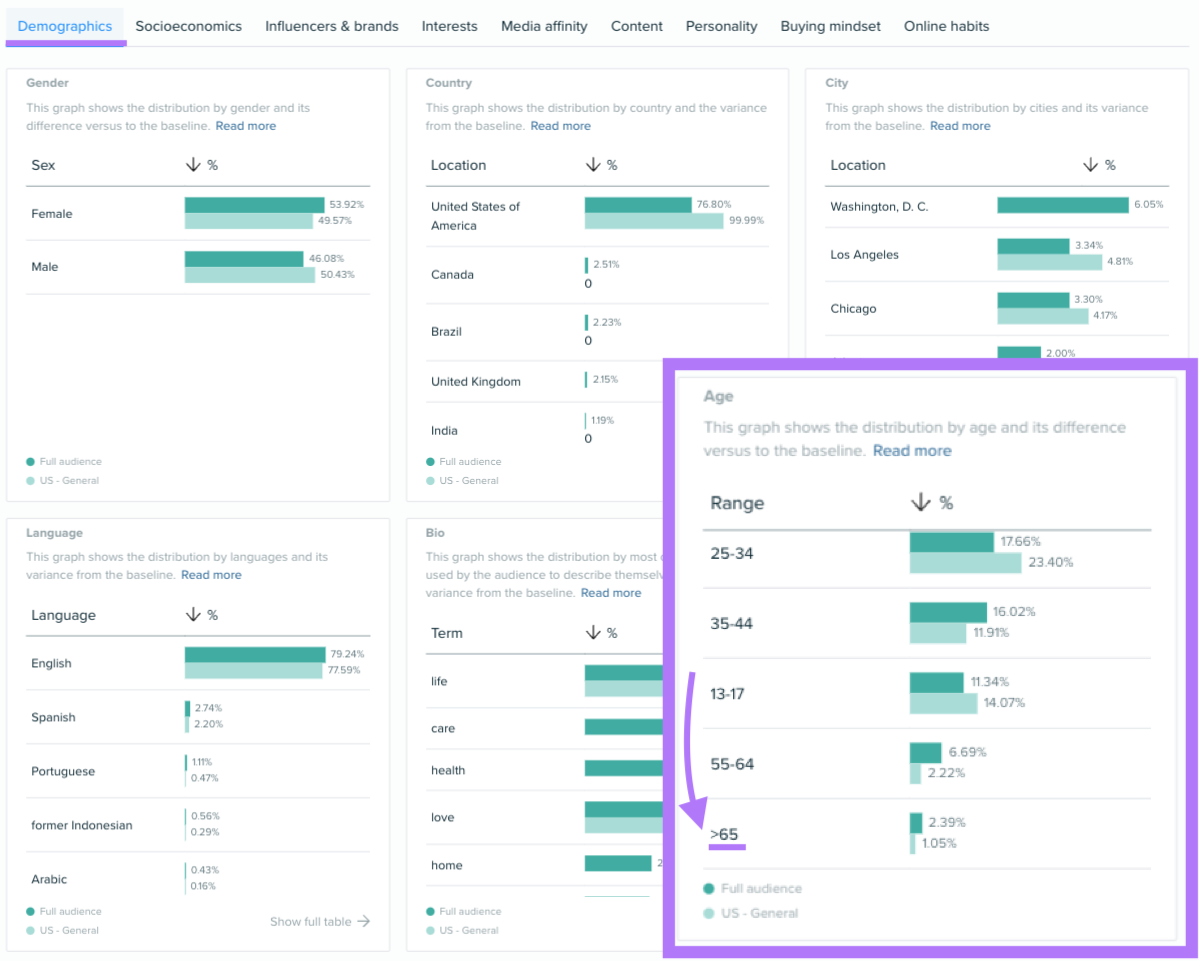
You can also see a breakdown of gender, country, city, language, age, and name on this page. Along with a list of the most common words from users’ bios.
Explore the other tabs to learn even more.
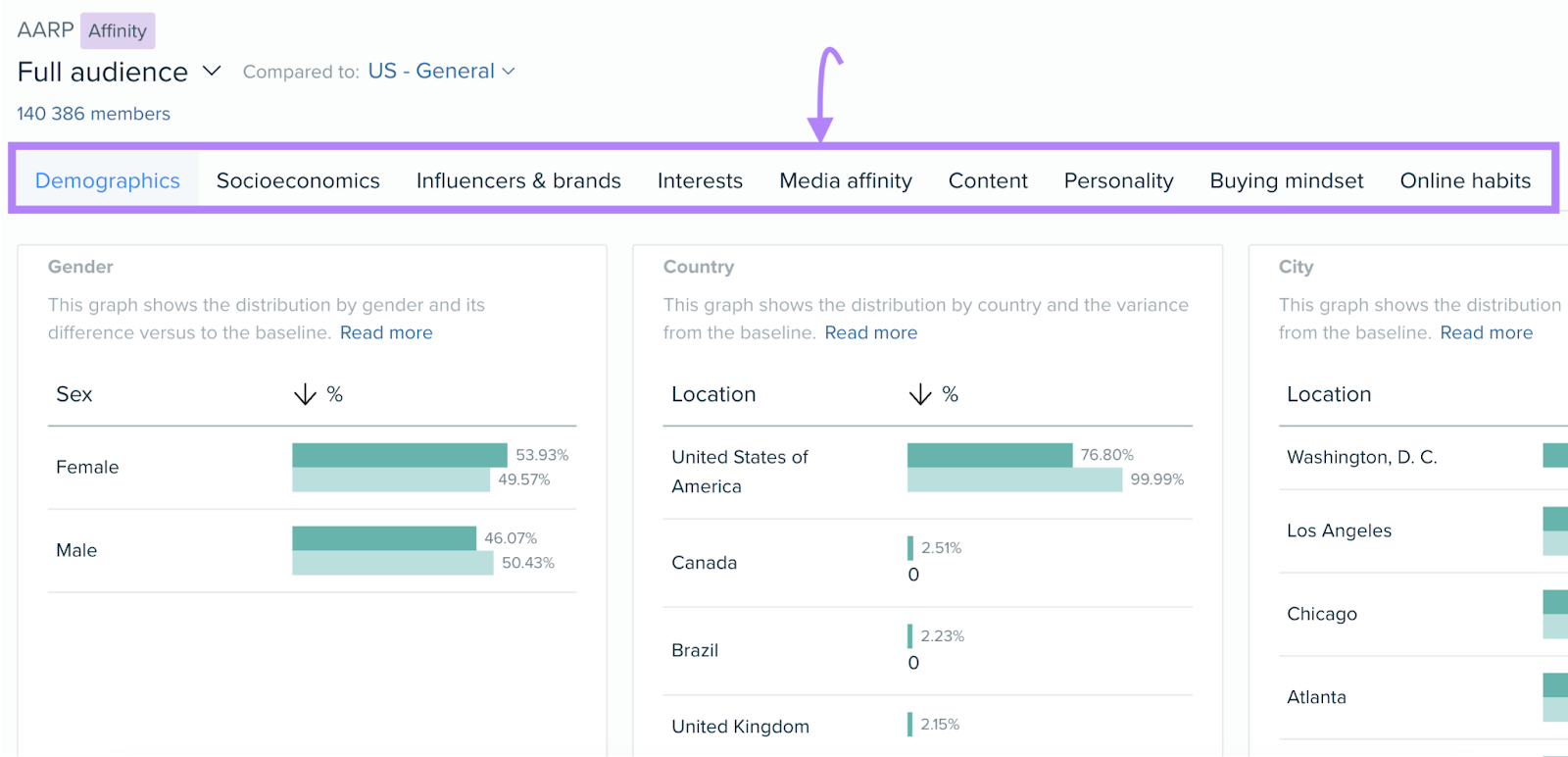
For example, the “Media affinity” tab lets you discover the audience’s favorite TV channels, radio stations, and newspapers. These could be great places to advertise to seniors.
2. Take an Omnichannel Approach
An omnichannel approach allows consumers to seamlessly engage with your business across various marketing channels.
Omnichannel can be particularly useful when marketing to older adults. Because it helps bridge the gap between digital marketing and traditional marketing—or online and offline experiences.
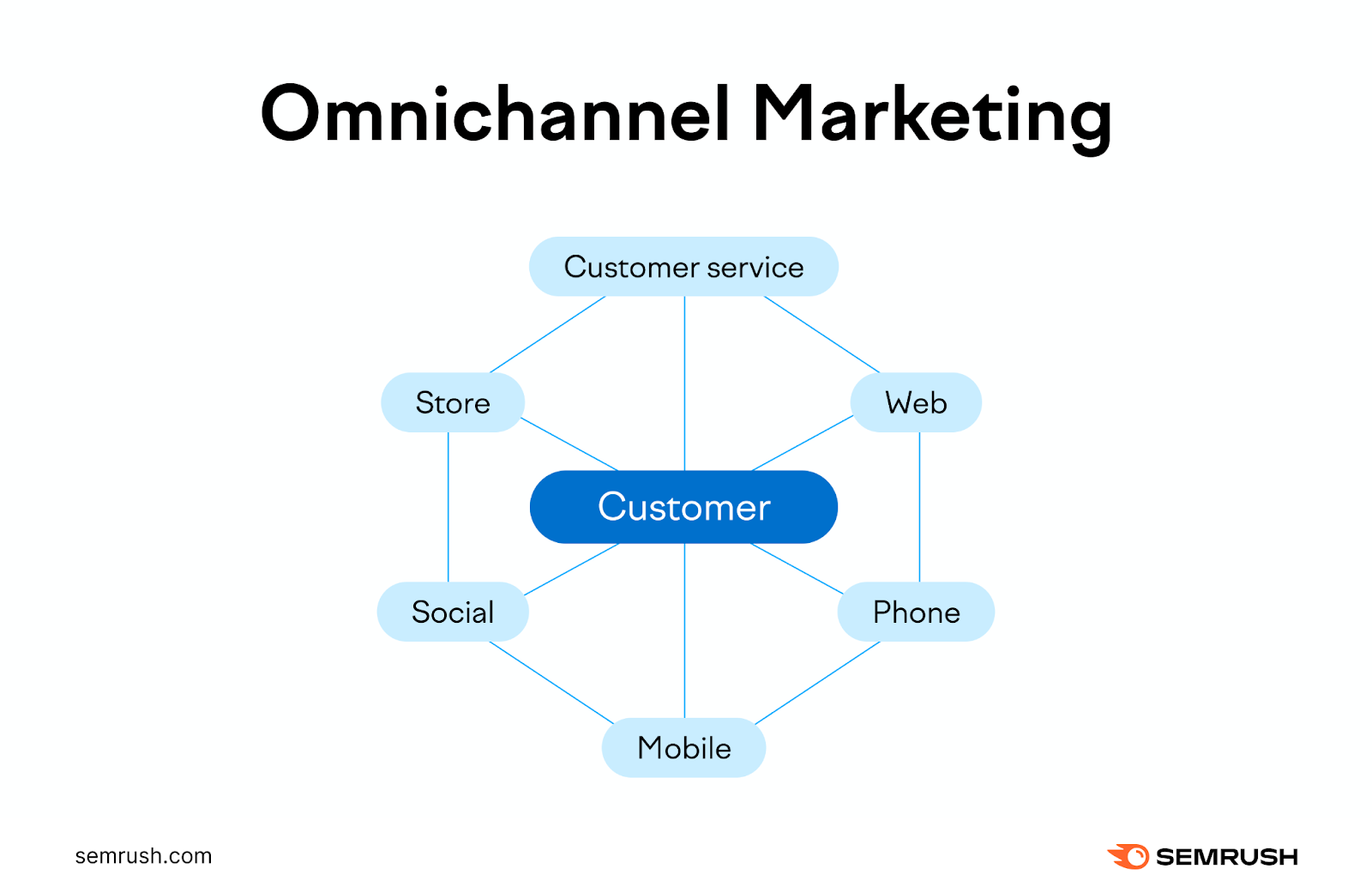
For example, some older people want to research products online. But prefer to make purchases in-store.
(And the same applies to many other age groups.)
The Ikea website supports this behavior by providing a store stock checker:
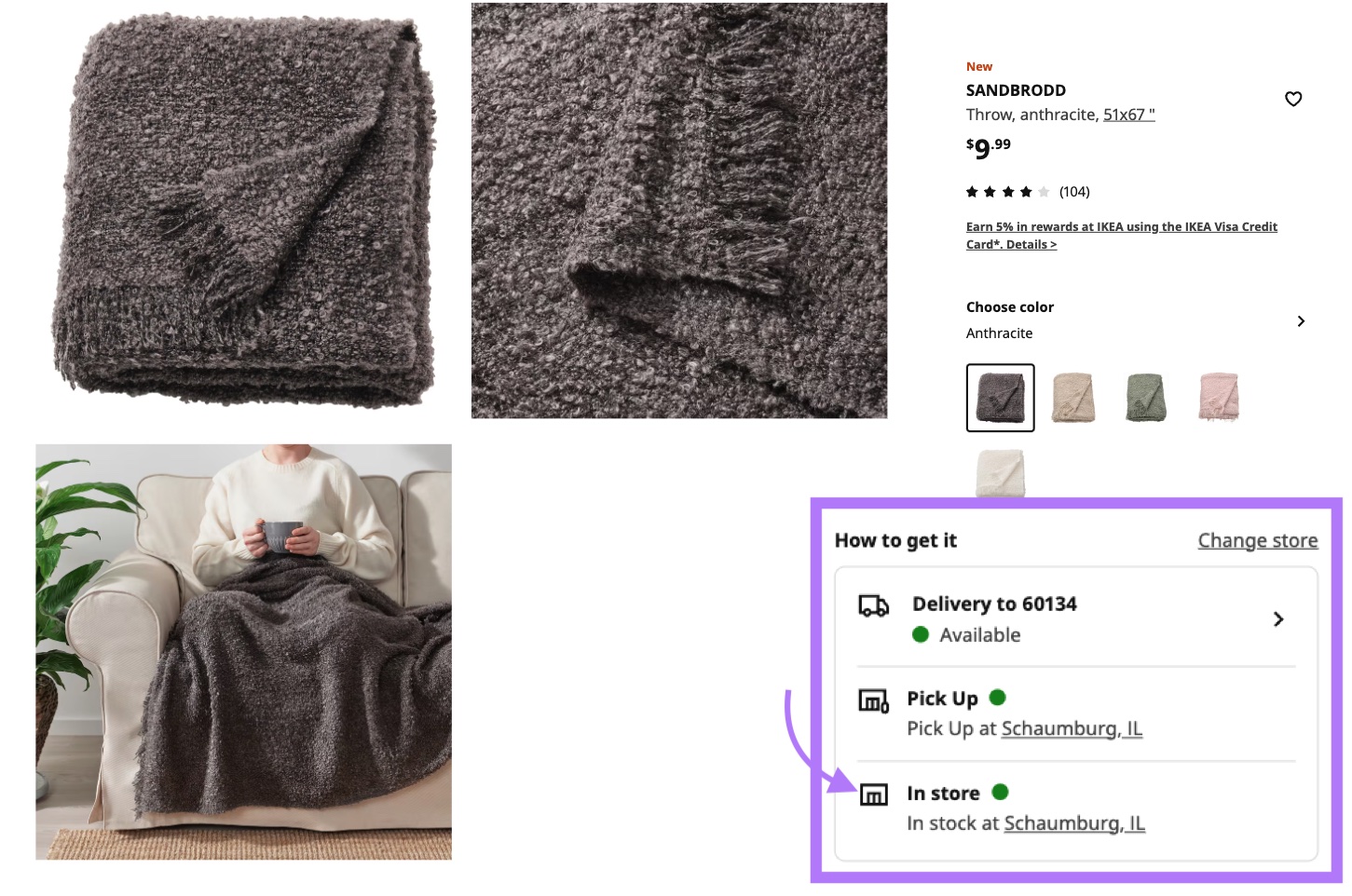
Or let’s say you’re running a print ad to promote an online-only offer.
You should provide a QR code or a simple URL so it’s easy for users to visit your website. And ensure the landing page references the offer.
Otherwise, you’ll create confusion for users. Especially those who are less digitally savvy.
3. Educate Yourself About Ageism
A lack of understanding about older people and ageism can cause problems in your marketing.
For example, you might accidentally use a term that’s deemed insensitive. Or perpetuate a harmful stereotype without meaning to.
By educating yourself about the many ways ageism can manifest itself, you can approach campaigns with more sensitivity and empathy.
We recommend reading this resource from the World Health Organization: Quick Guide to Avoid Ageism in Communication [PDF]
4. Stay Active on Facebook
More than a third of over-65s use Facebook, according to Khoros.
If you haven’t already, consider setting up a Facebook page for your business. And regularly posting content your audience is likely to be interested in.
For example, CVS Pharmacy publishes useful information about the Medicare program.
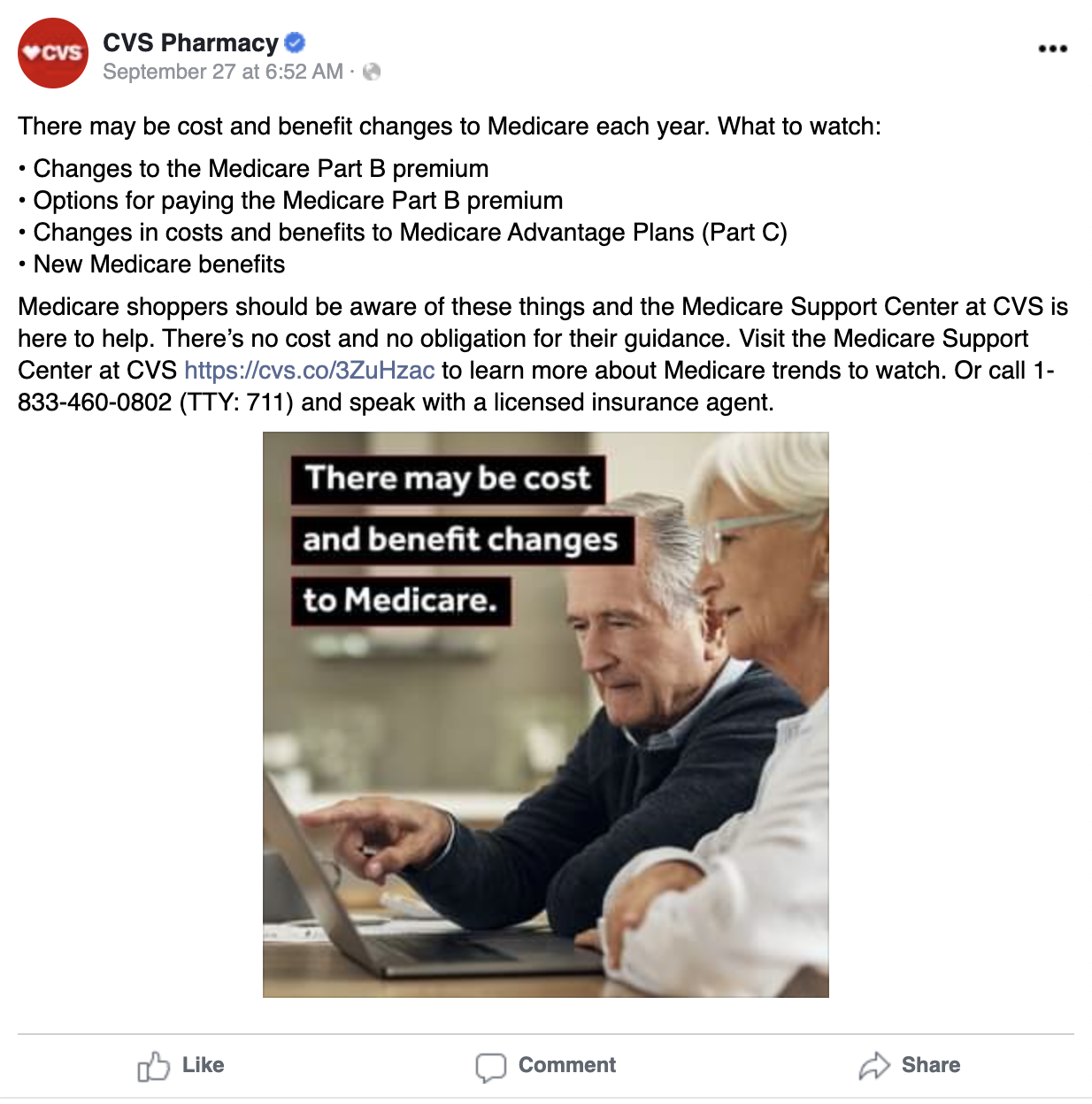
Posts like these encourage older adults to follow and engage with the CVS page. And ultimately buy from their website or store.
You can also try advertising to seniors through Facebook.
Just choose the target age range when defining your audience. And take advantage of other useful targeting options.
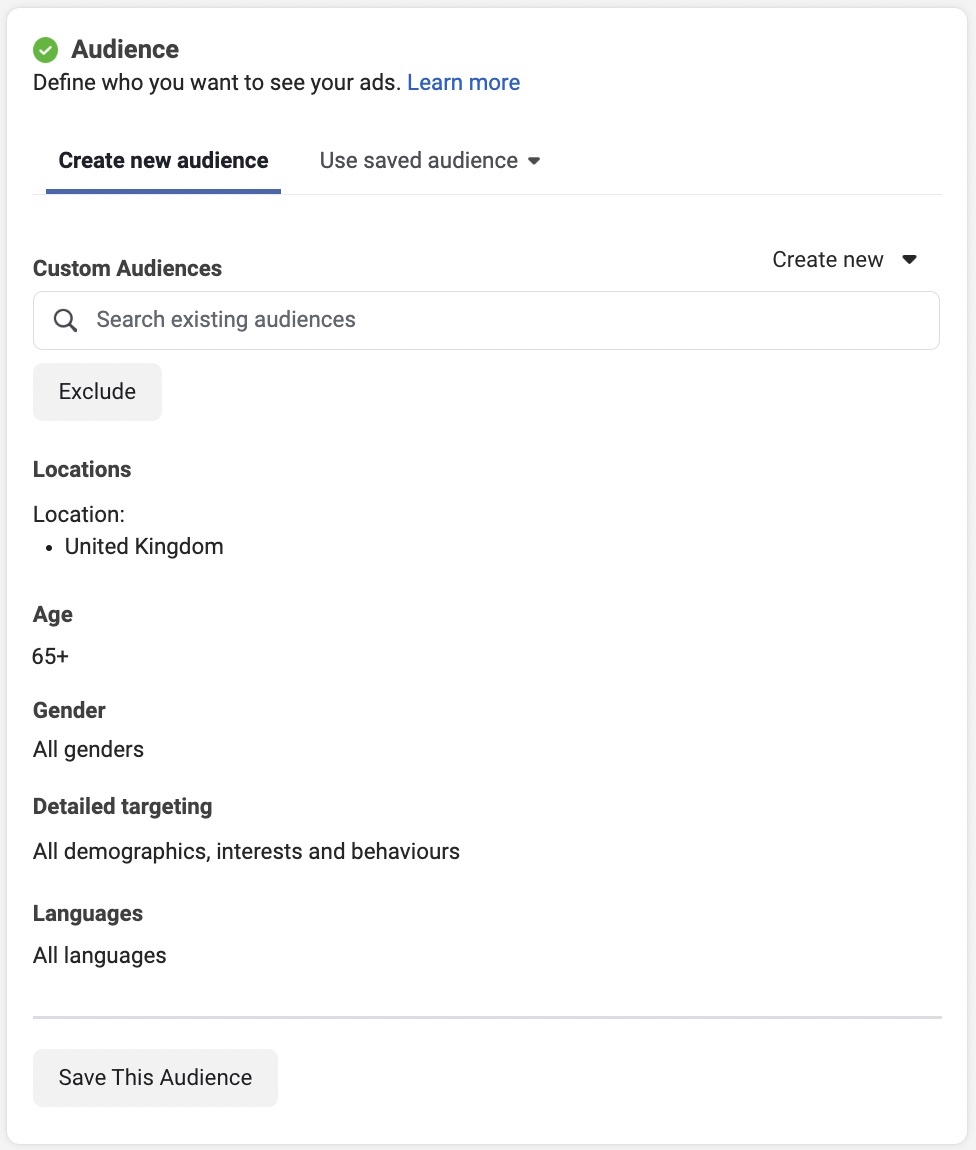
To learn more about marketing and advertising on Facebook, check out our guide to Facebook Business Manager.
5. Create Content for Seniors
Where relevant, create content that’s tailored to older people’s needs and interests.
For example, mattress brand Casper published a blog post about aging and sleep. To attract, engage, and convert older consumers.
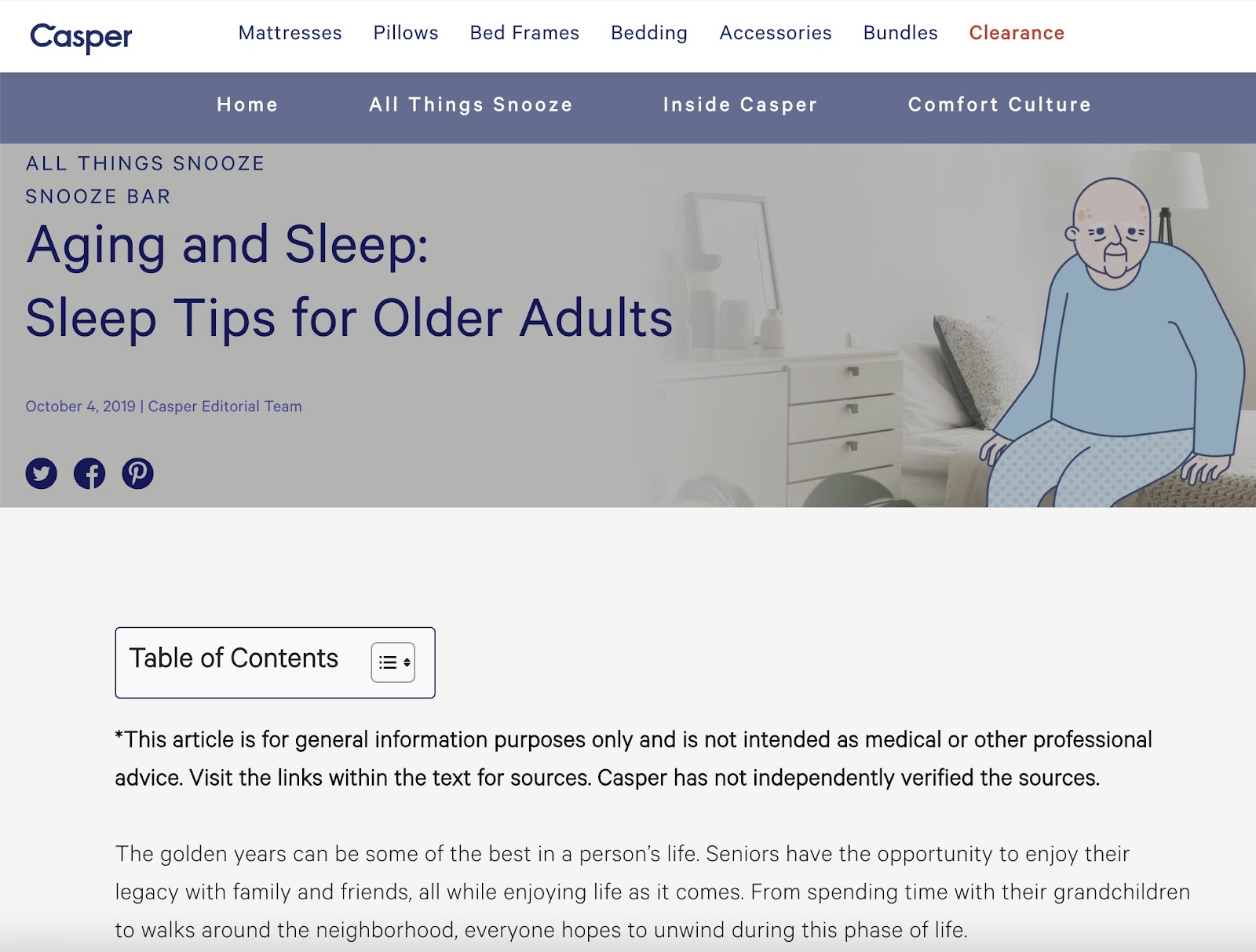
You can get content ideas for your site with Semrush’s Topic Research tool.
Just enter a topic related to your niche, choose your country, and click “Get content ideas.”
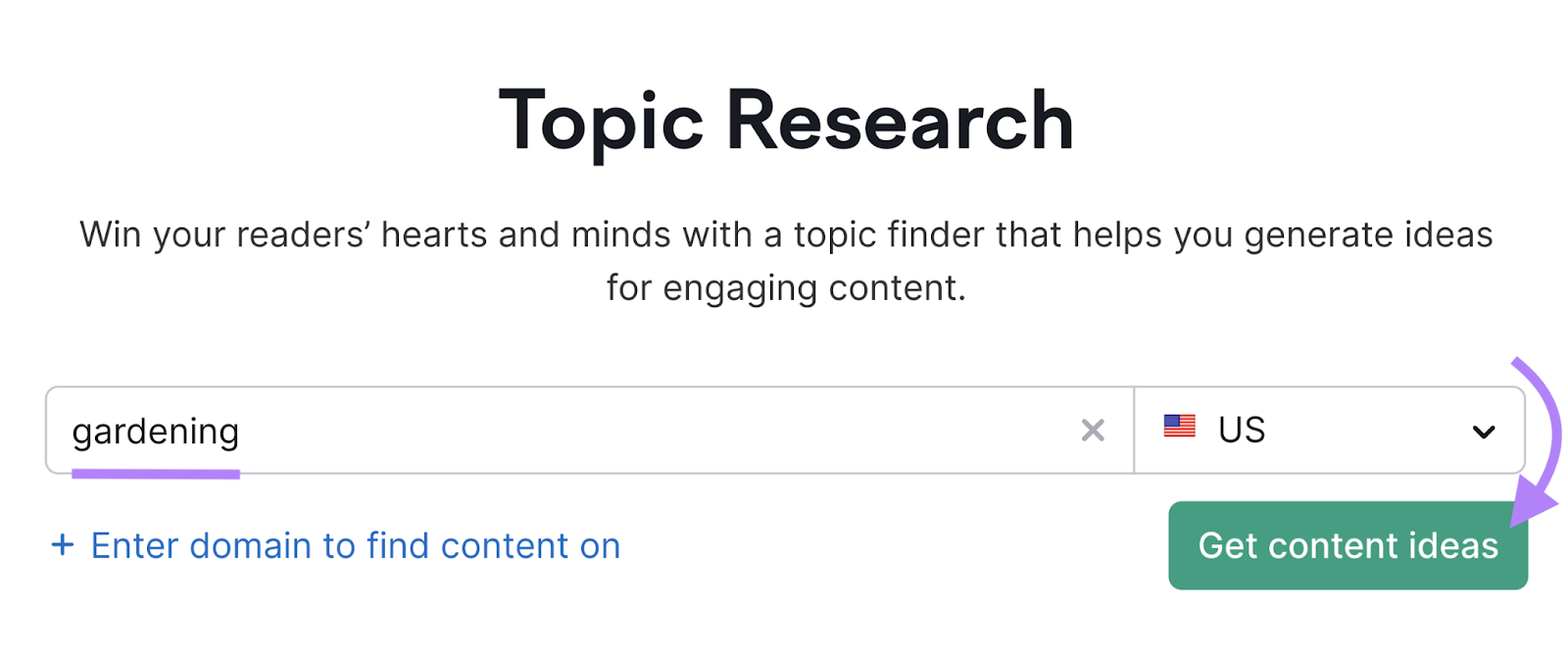
Scan through the resulting ideas to find topics that might interest your older audience.
Then, click “Show more” to see the following information:
- Subtopic volume: The average number of monthly searches for the subtopic on Google
- Difficulty: An estimate of how hard it’ll be to rank highly for the subtopic on Google
- Topic efficiency: A measure of the subtopic’s volume relative to its difficulty
- Headlines: Popular articles related to this subtopic
- Questions: Commonly searched questions around this subtopic
- Related searches: Search queries related to this subtopic
If you have lots of resources for older people, consider grouping them in a content hub.
Just like CVS:
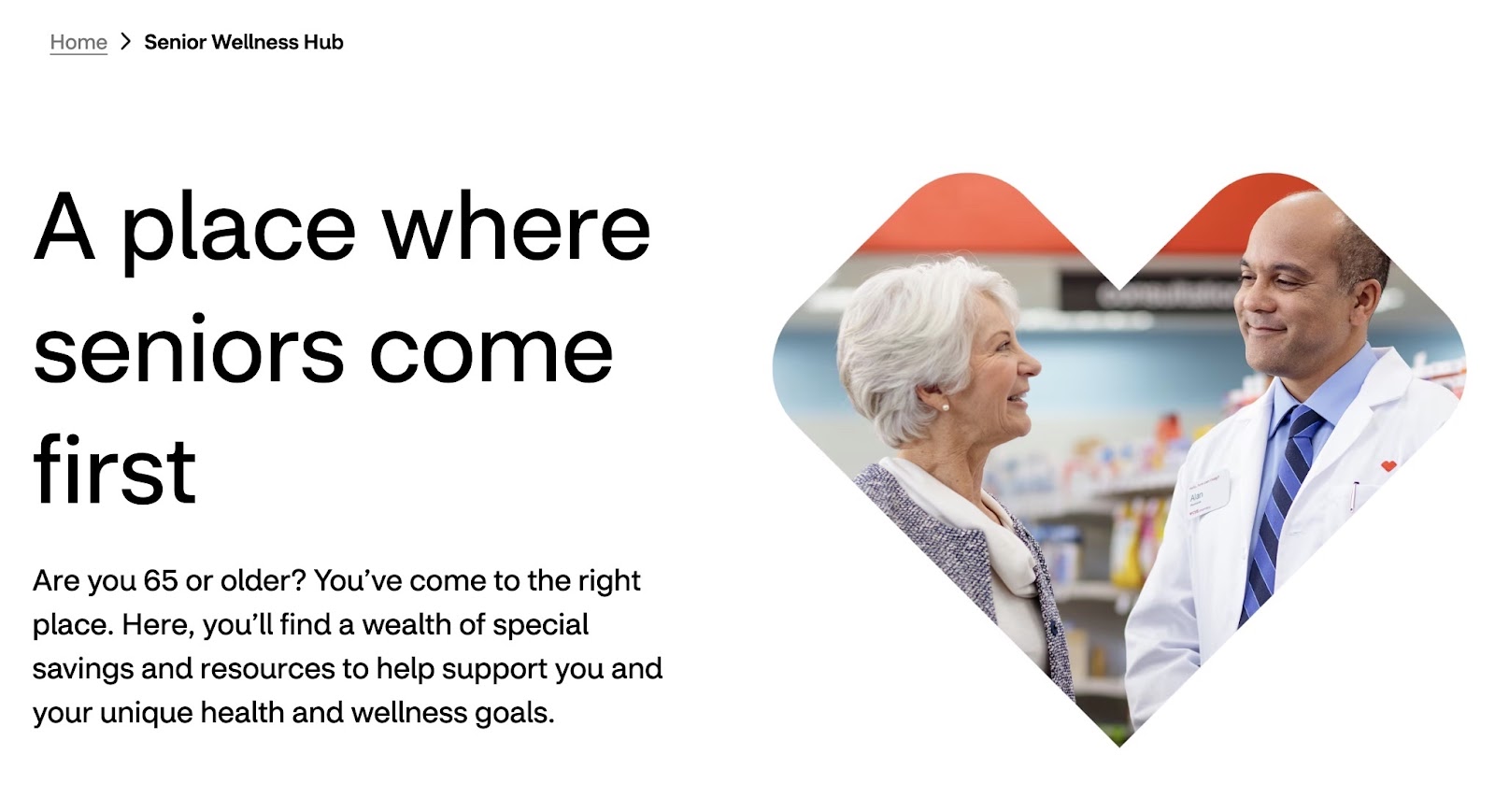
That way, adults in this age group can easily find all the information they need.
Give the hub a user-friendly URL (e.g., example.com/seniors/). So it’s easy to share, remember, and type.
6. Avoid Modern Slang and References
Modern slang and references can alienate older adults.
For example, Fenty Beauty uses terms like “O.G.” and “thicc” to engage younger consumers. But this wouldn’t work well if the brand wanted to target older demographics.
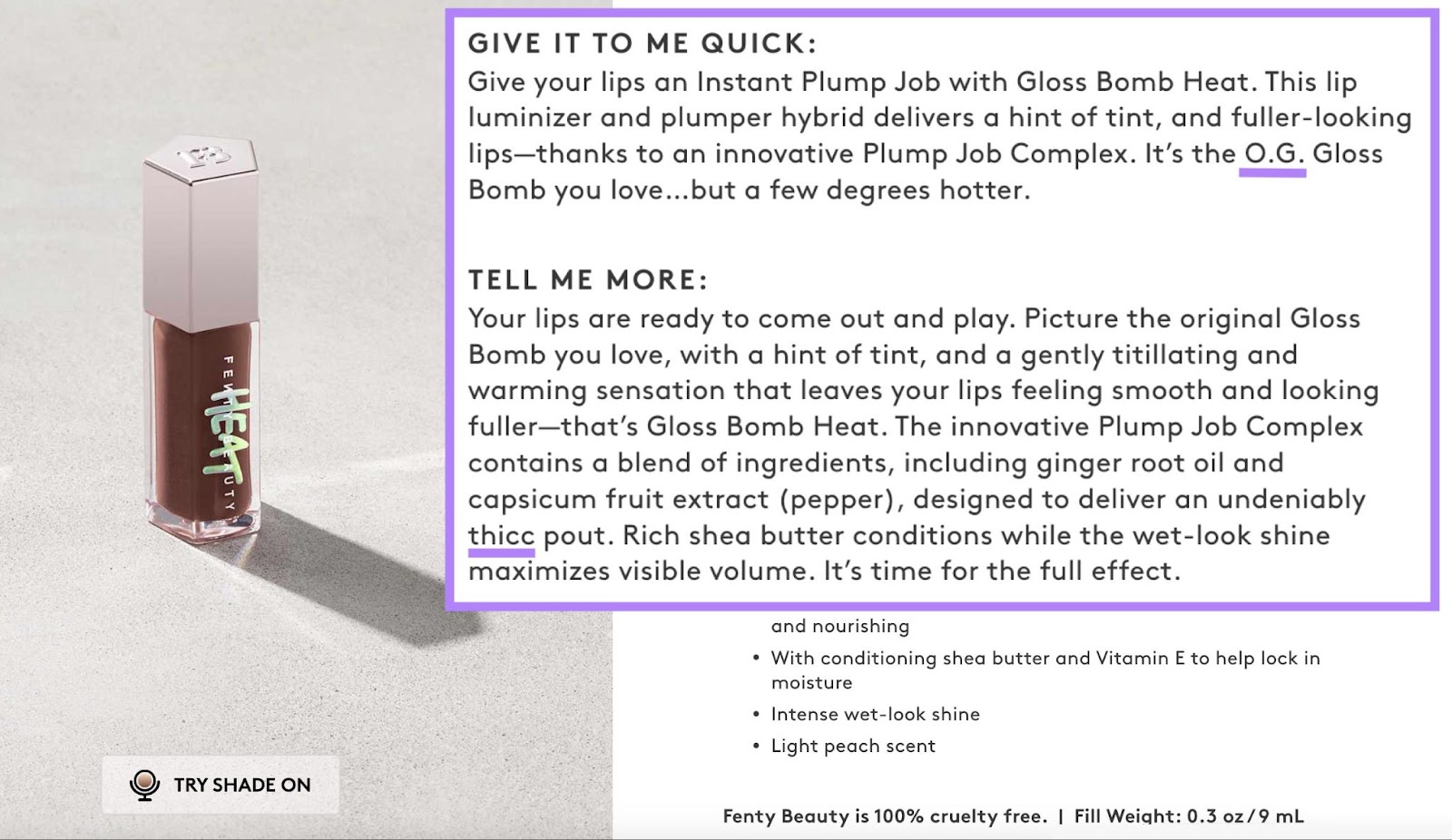
You need to use language that older adults understand and relate to in your marketing materials.
7. Build an Age-Diverse Marketing Team
Marketing to older consumers is easier when you have older people on your team.
Marketers who belong to their target demographic tend to have a better understanding of the audience’s needs, preferences, and challenges.
Their insights and experiences can lend your campaigns an air of authenticity. And help you avoid potential pitfalls.
For example, they can tell you what pop culture references will resonate best. And recognize messages that might offend.
Workforce diversity also brings a host of other benefits. Such as improved productivity.
8. Post Videos on YouTube
One of the best ways to market to seniors is to post videos on YouTube. Because over-65s represent 9% of YouTube’s 2.7 billion users, according to Global Media Insight.
To reach these users organically (i.e., without paying), set up a brand channel and publish helpful or interesting videos.
Not sure what to create?
Perform YouTube keyword research to find out what people search for.
With Keyword Analytics for YouTube, you can search any term related to your niche. To see the most popular queries from the last day, week, or month.
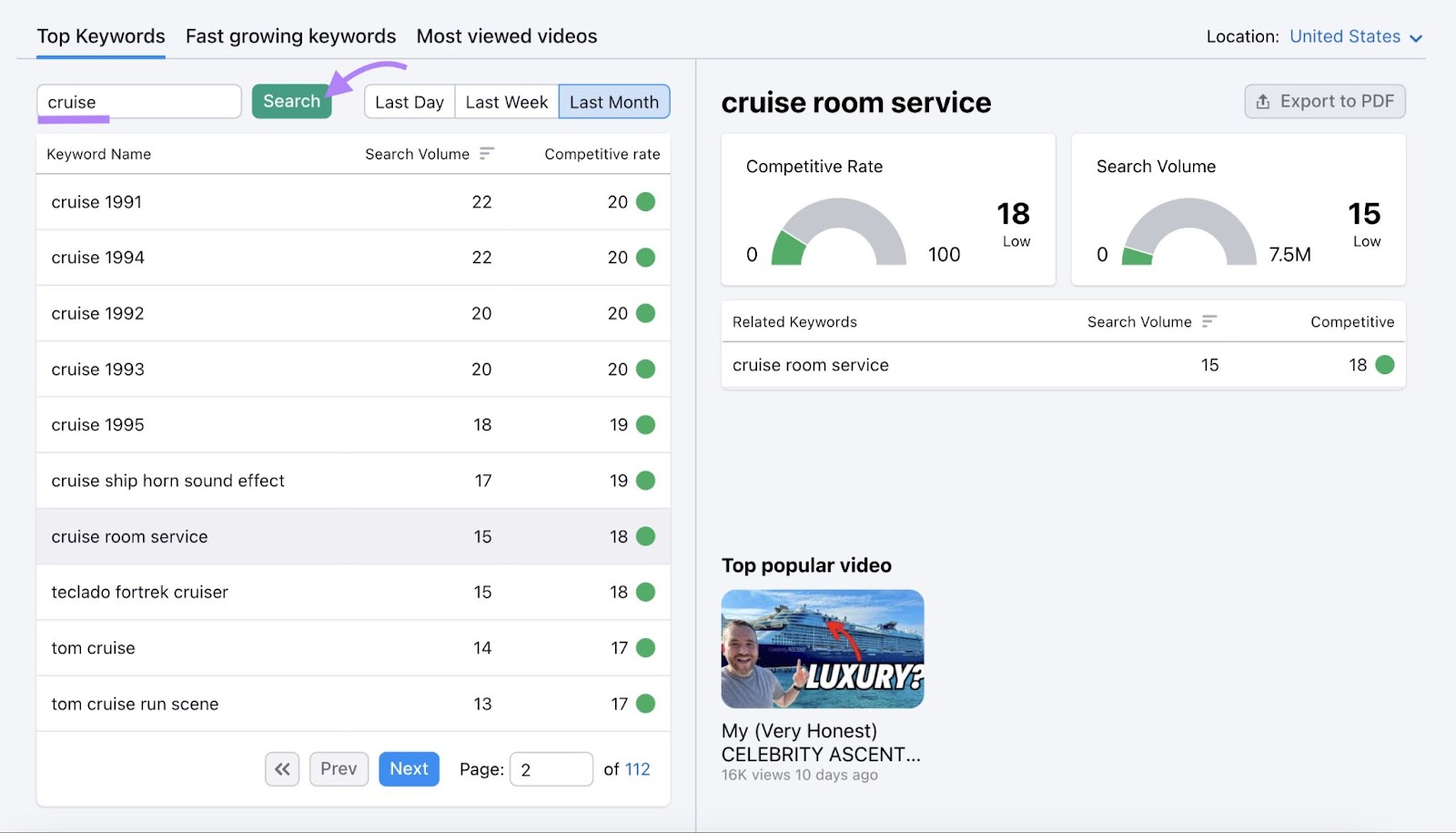
The Competitive Rate indicates how difficult it’ll be to earn a high ranking in YouTube’s results.
You can check out your competition in the top videos section. And determine whether the topic is a good fit for your brand and target audience.
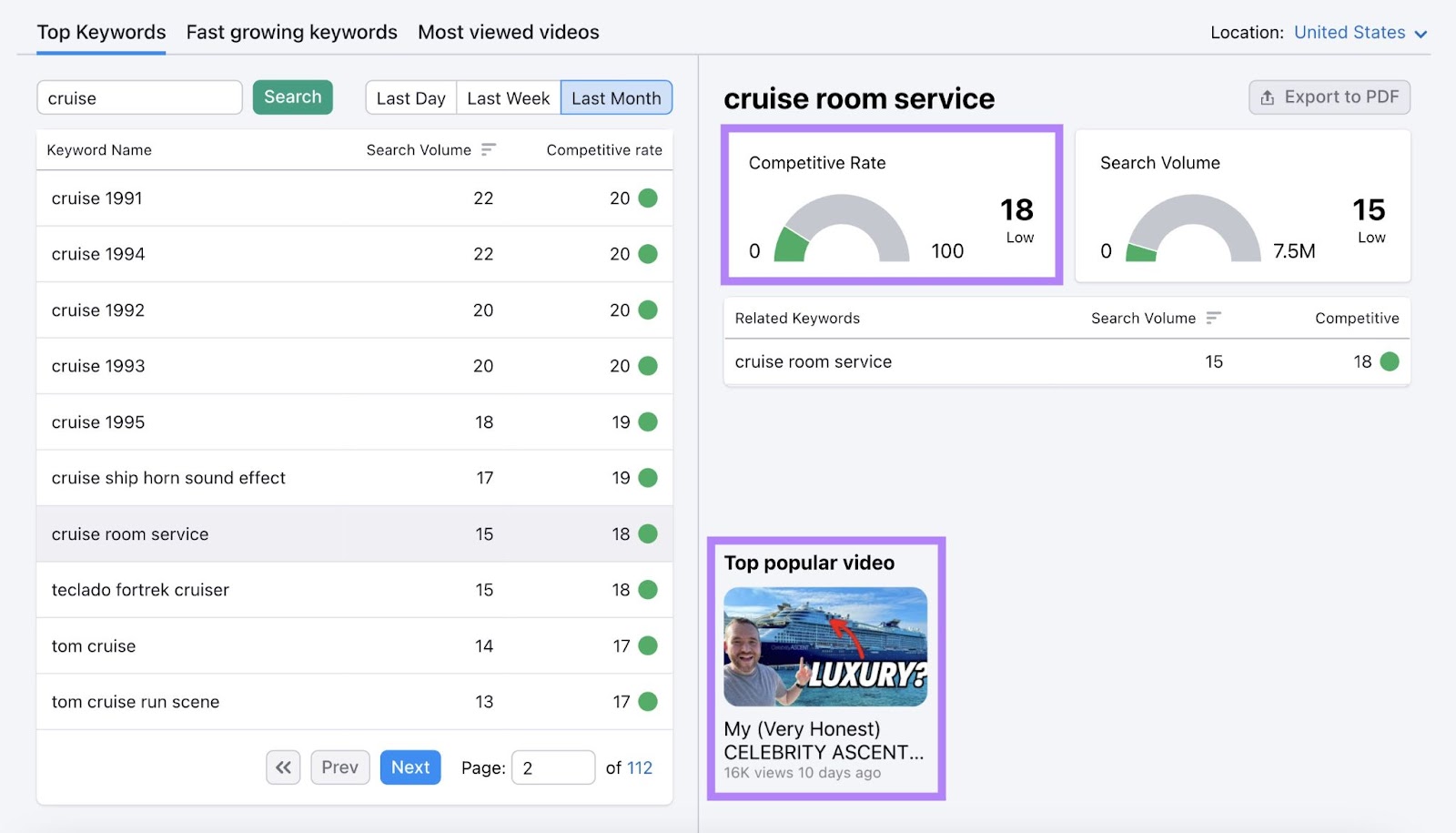
To expand your reach further, consider advertising to seniors on YouTube.
In addition to targeting by age, you can reach users based on interests, life events, and more.
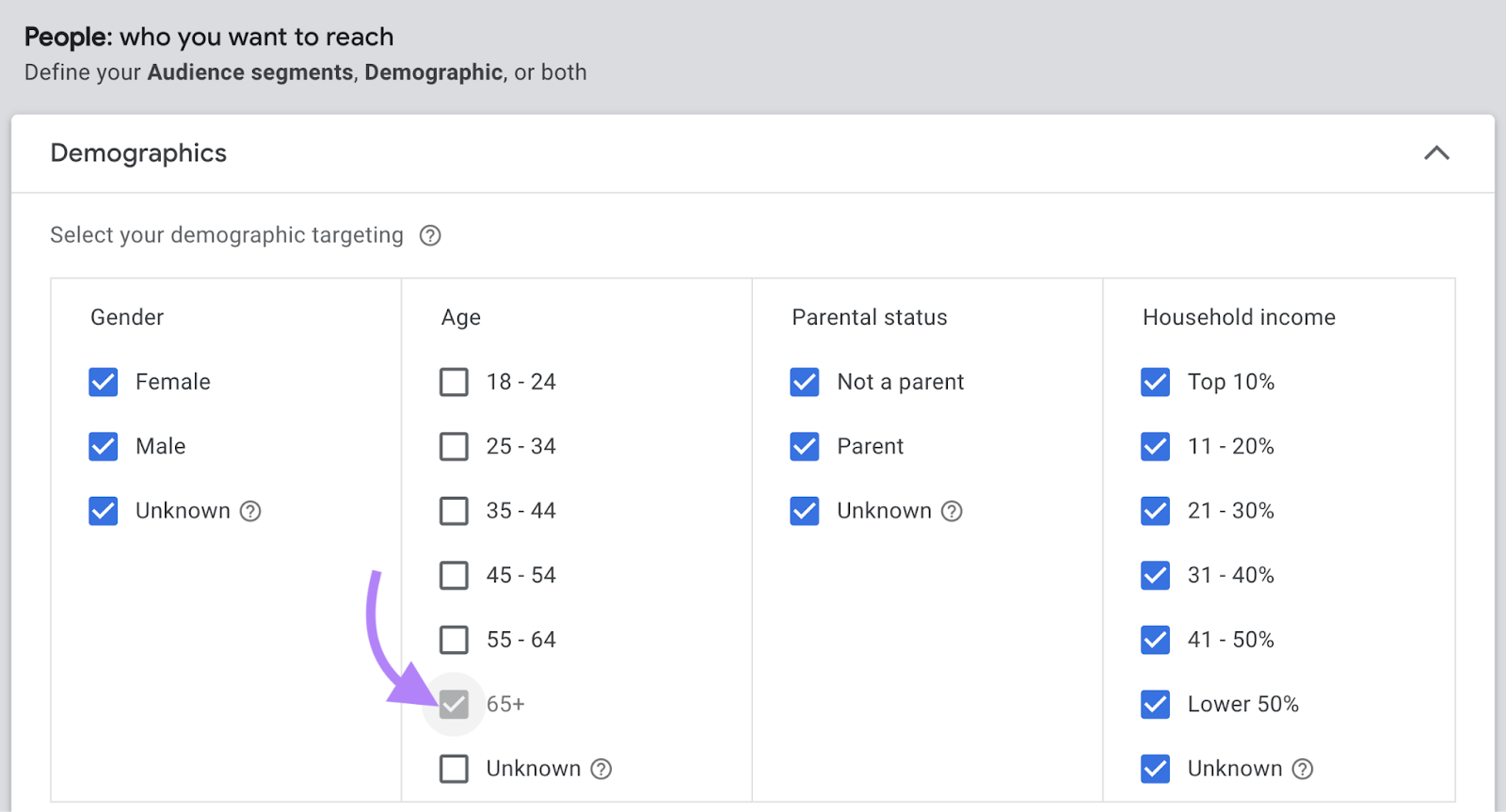
9. Improve Accessibility
Making your content accessible is always important, but even more so when targeting an older audience. Who are more likely to need accommodations.
Here are some best practices to apply:
- Provide descriptive alt text for images
- Use semantic HTML tags on your website
- Attach hyperlinks to descriptive anchor text
- Choose fonts, colors, and sizes with legibility in mind
- Apply a consistent and predictable website layout
With the Accessibility Scan & Monitor app, you can easily check if your site is compliant with Web Content Accessibility Guidelines (WCAG).
After signing up, enter your domain and click “Start Scan.”
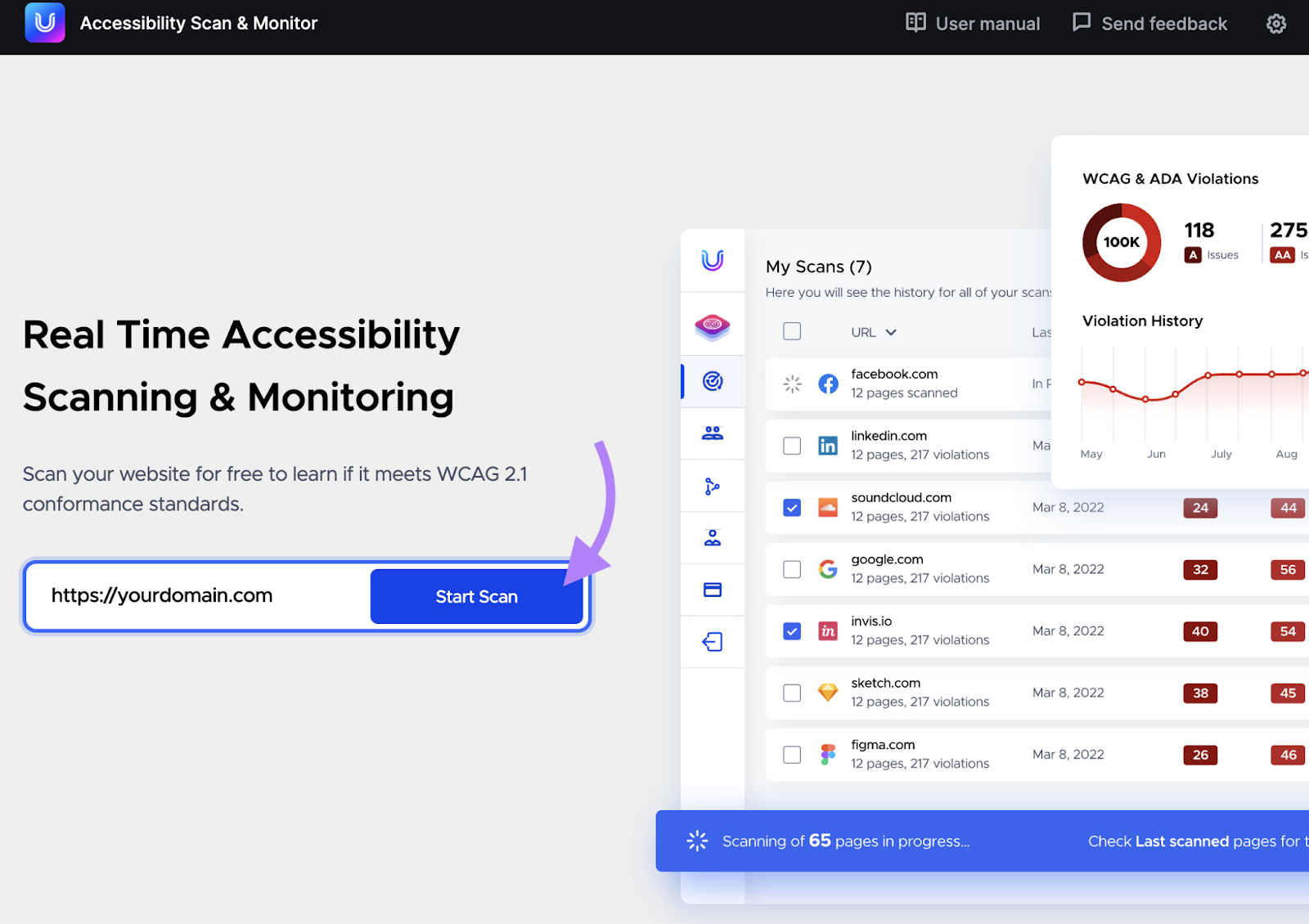
Once the app has generated a sitemap, choose which pages you want to scan.
The free plan lets you scan five pages per month.
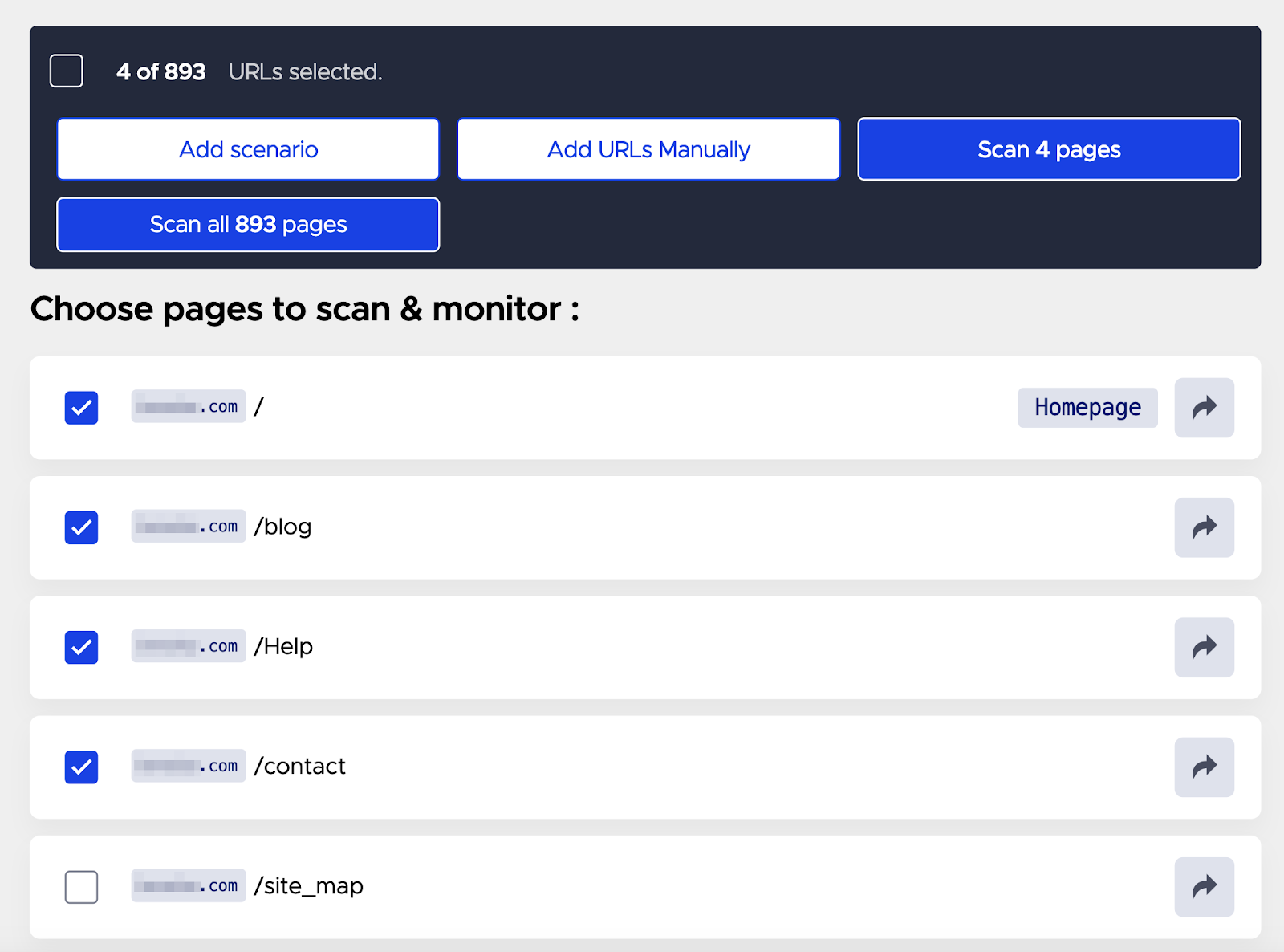
In the violations report, you can see what issues were found.
We recommend that you focus on “High Severity” violations. Those that fall into the “A” category are easiest to resolve.
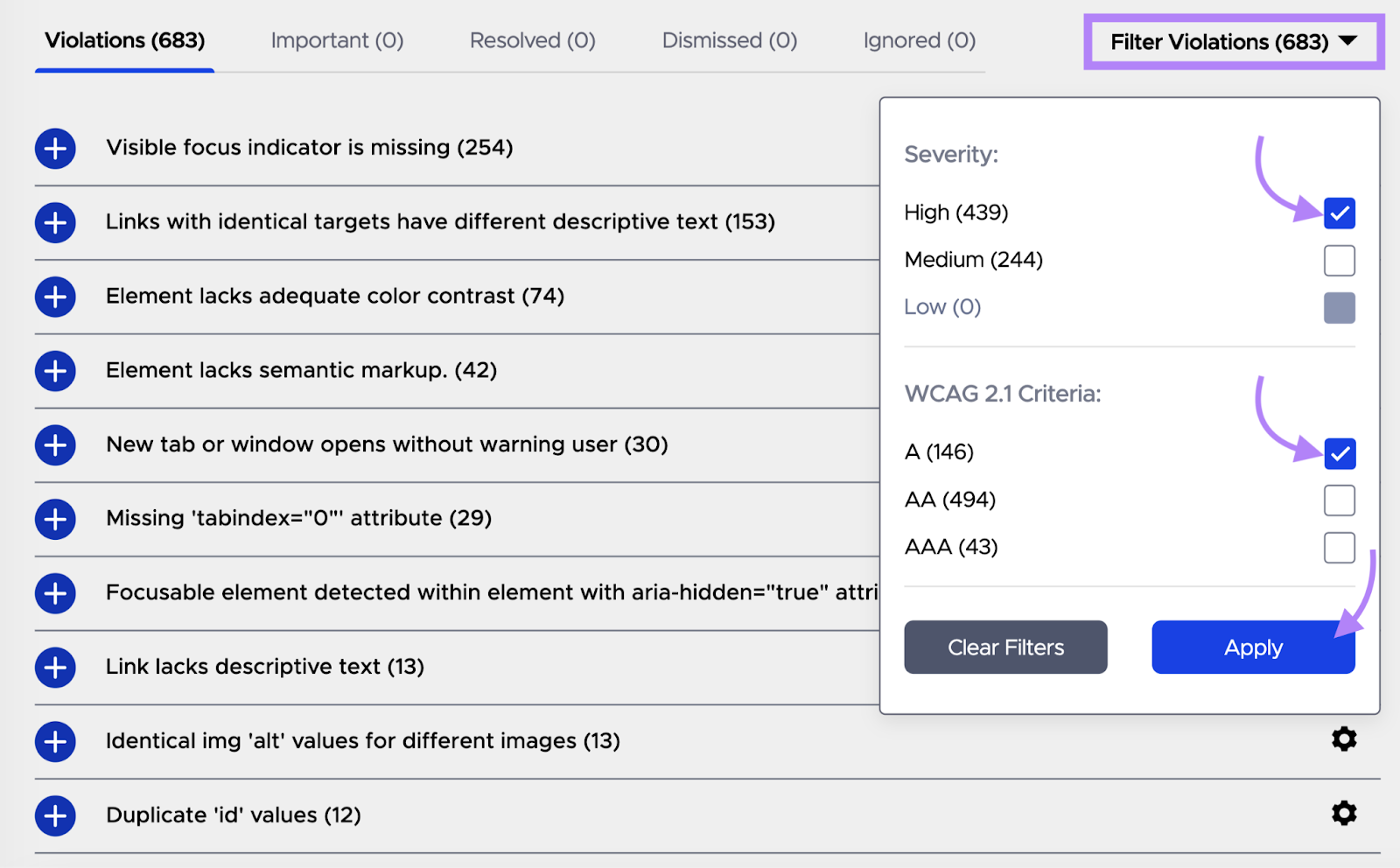
Click any violation to learn how to fix it.
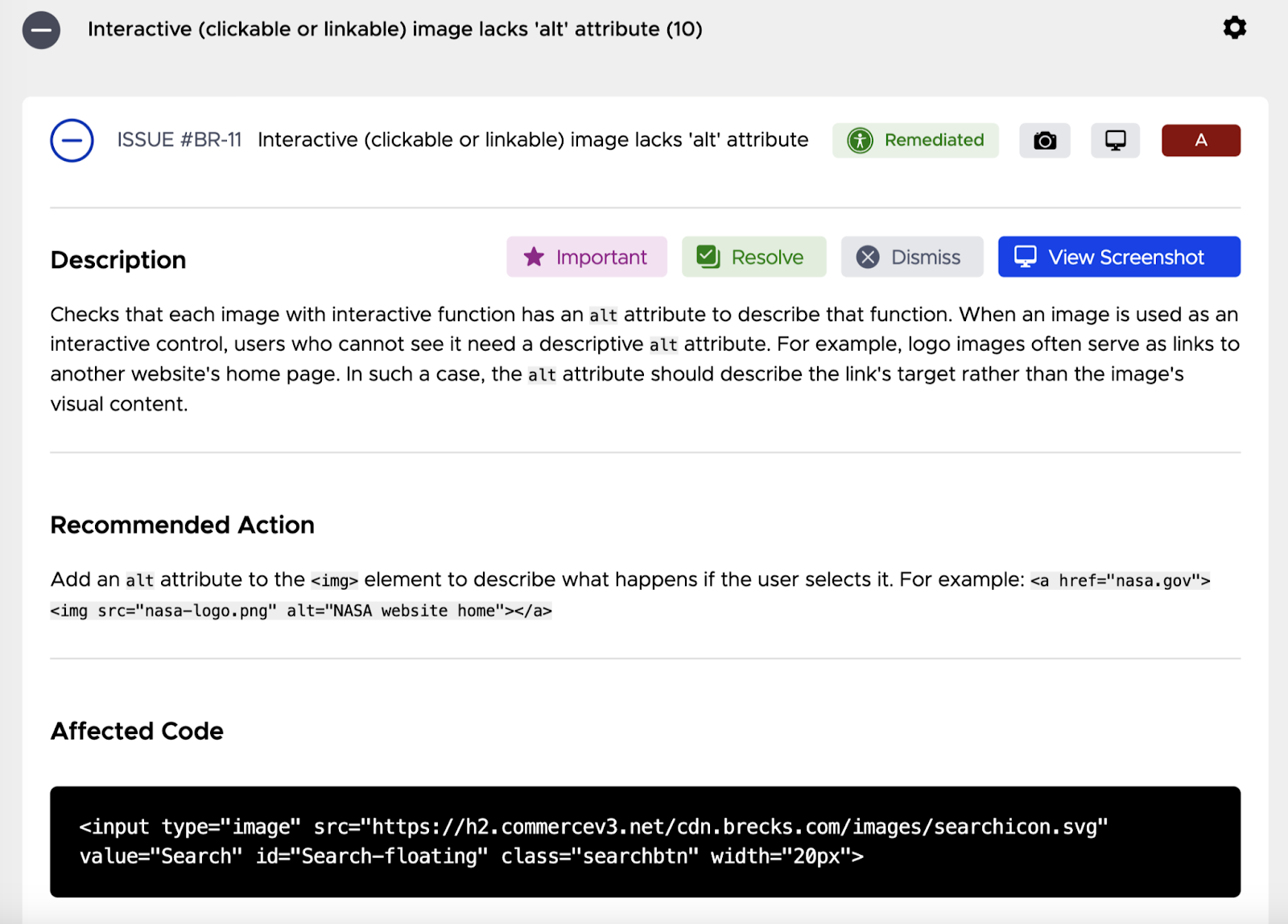
10. Use Photos with Older Models
Photos that feature older models help attract your target audience’s attention. Because they immediately signal that the content is relevant to their age group.
Relatable images also help the user envision themselves using your product or service.
For example, Verizon uses a photo of an older couple on its page for 55+ phone plans.
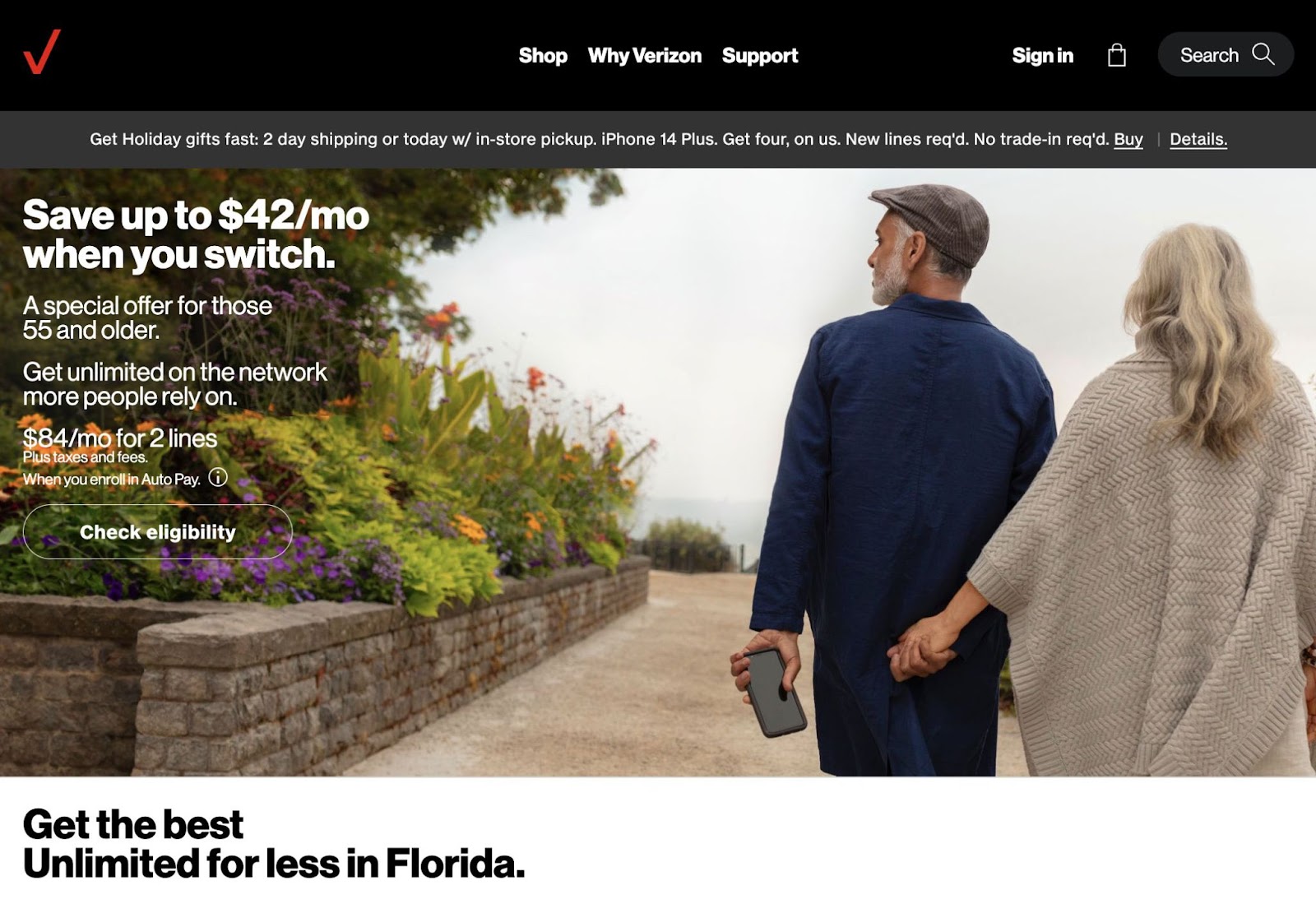
11. Create Targeted Digital Ads
Digital advertising allows you to target users in specific demographics. So, you can create ads that are tailored to older adults—and serve them to relevant age groups only.
This advertising method can be more affordable than traditional methods.
Plus, results are measurable. You can ensure you get a positive return on ad spend (ROAS) and gain valuable insight into your target audience’s preferences.
One option is pay-per-click (PPC) advertising on search engines like Google.
This allows you to get a “Sponsored” spot on relevant results pages.
Like this:
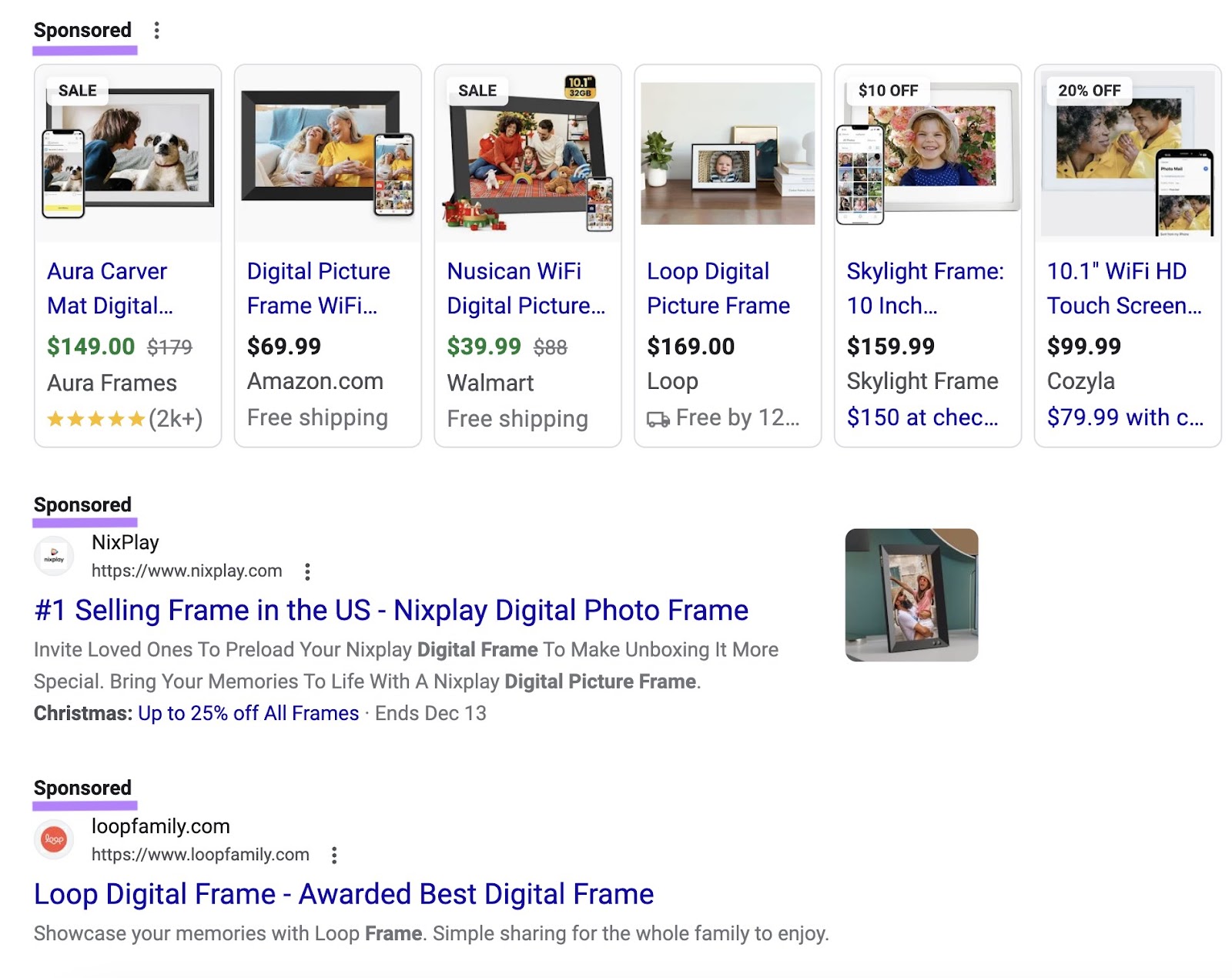
And you only pay when someone clicks through to your website.
You can also try display advertising.
This means serving visual ads across websites that your audience visits.
For example, Prudential served the banner ad below on a local news website.

Not sure where to advertise to seniors?
Spy on your competitors’ strategies with the AdClarity app.
Simply enter the name of the advertiser you’re interested in to see where they distribute ads. And gather other useful information.
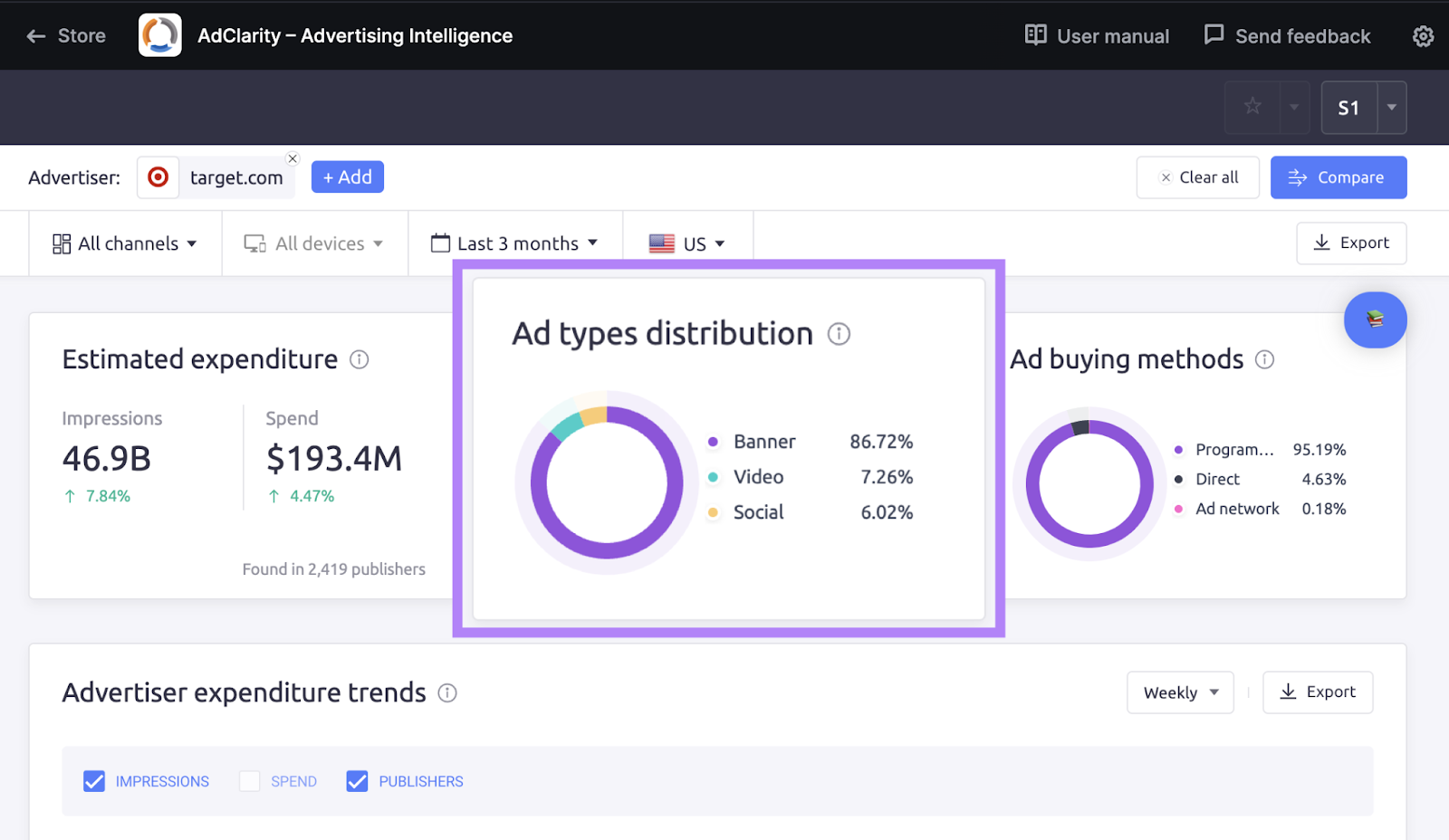
You can even get metrics for individual ads.
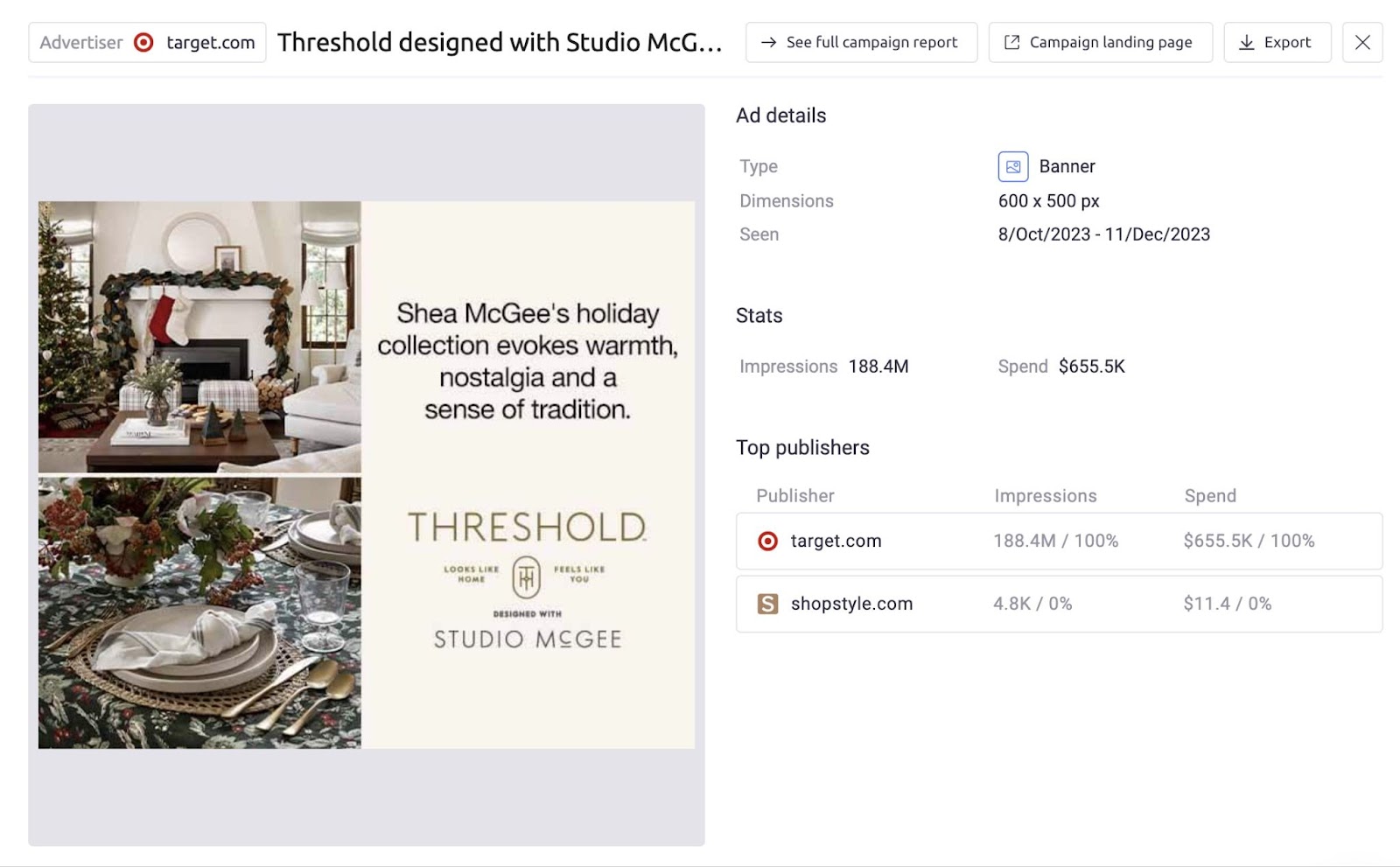
12. Simplify Your Website’s User Experience
Some older adults have limited experience with the internet. A simple user experience (UX) is key to helping these people navigate your site.
Try to avoid the following elements, which can confuse or distract users:
- Unlabelled icons that users might be unfamiliar with (e.g., the hamburger menu “☰”)
- Pop-ups and interstitials
- Autoplay audio and video content
And apply these best practices:
- Maintain a consistent layout across your site
- Provide customer support through live chat or telephone
- Write clear error messages that tell users what to do next
- Provide easily accessible resources, such as FAQs and contact information
For example, Hear.com has a simple navigation menu that includes a phone number.
And uses large, clear fonts to provide a clear call to action (“Check if you qualify for a no-risk trial”).

13. Employ an SEO Strategy
Many older people use search engines to find information, services, and products online. With the right SEO strategy, you can appear in relevant results—without having to pay.
Like this:

Whatever age group you’re targeting, follow SEO best practices.
For example:
- Create quality content that caters to searchers’ needs
- Optimize your content for relevant keywords (search queries)
- Make sure your website is fast and secure
- Earn authoritative backlinks (links from other websites)
To get tailored recommendations for your site, use Semrush’s On Page SEO Checker.
Import the keywords you want each page to rank for. And the tool will compare your pages against the top-ranking pages to provide a list of optimization ideas.
These can relate to content, backlinks, user experience, and more.
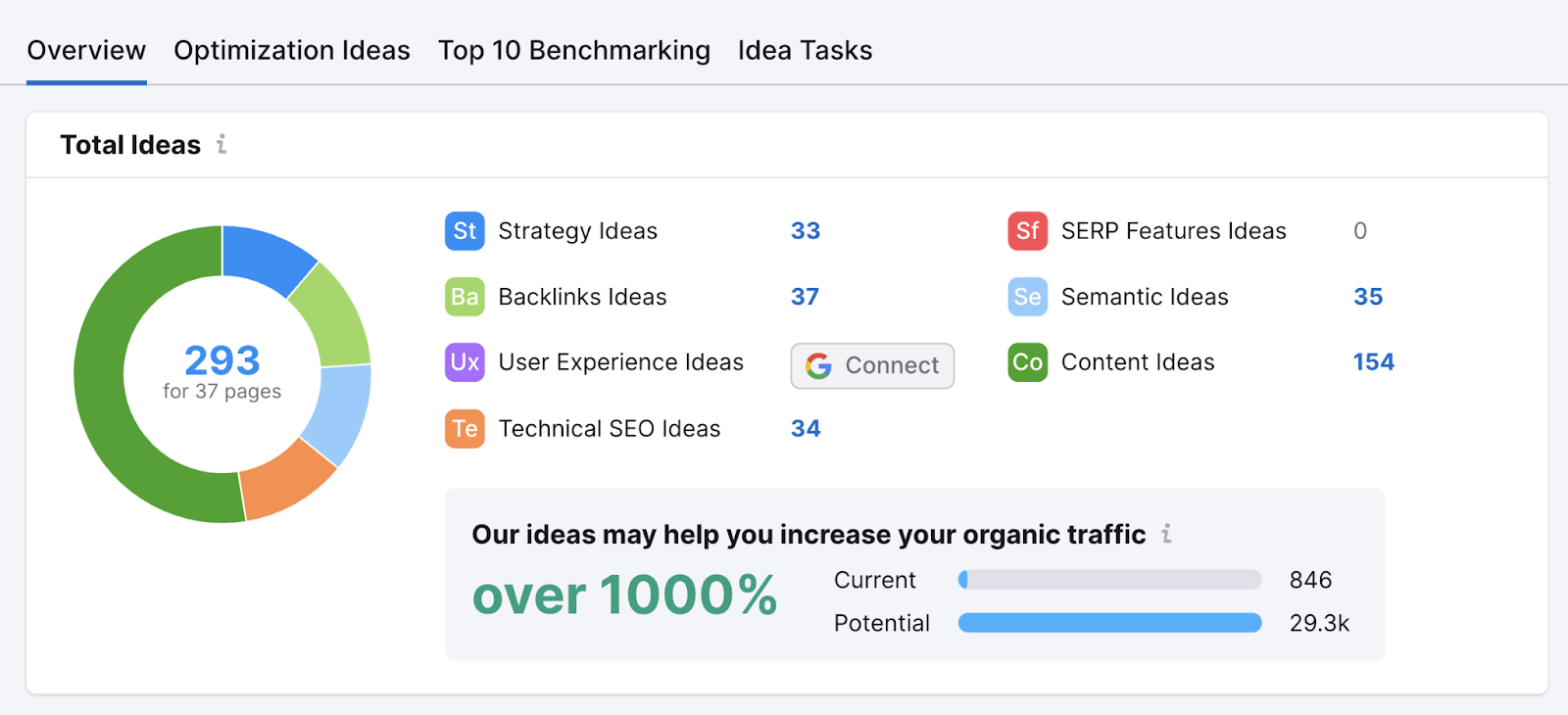
The tool will even let you know which pages have the most opportunity for improvement.
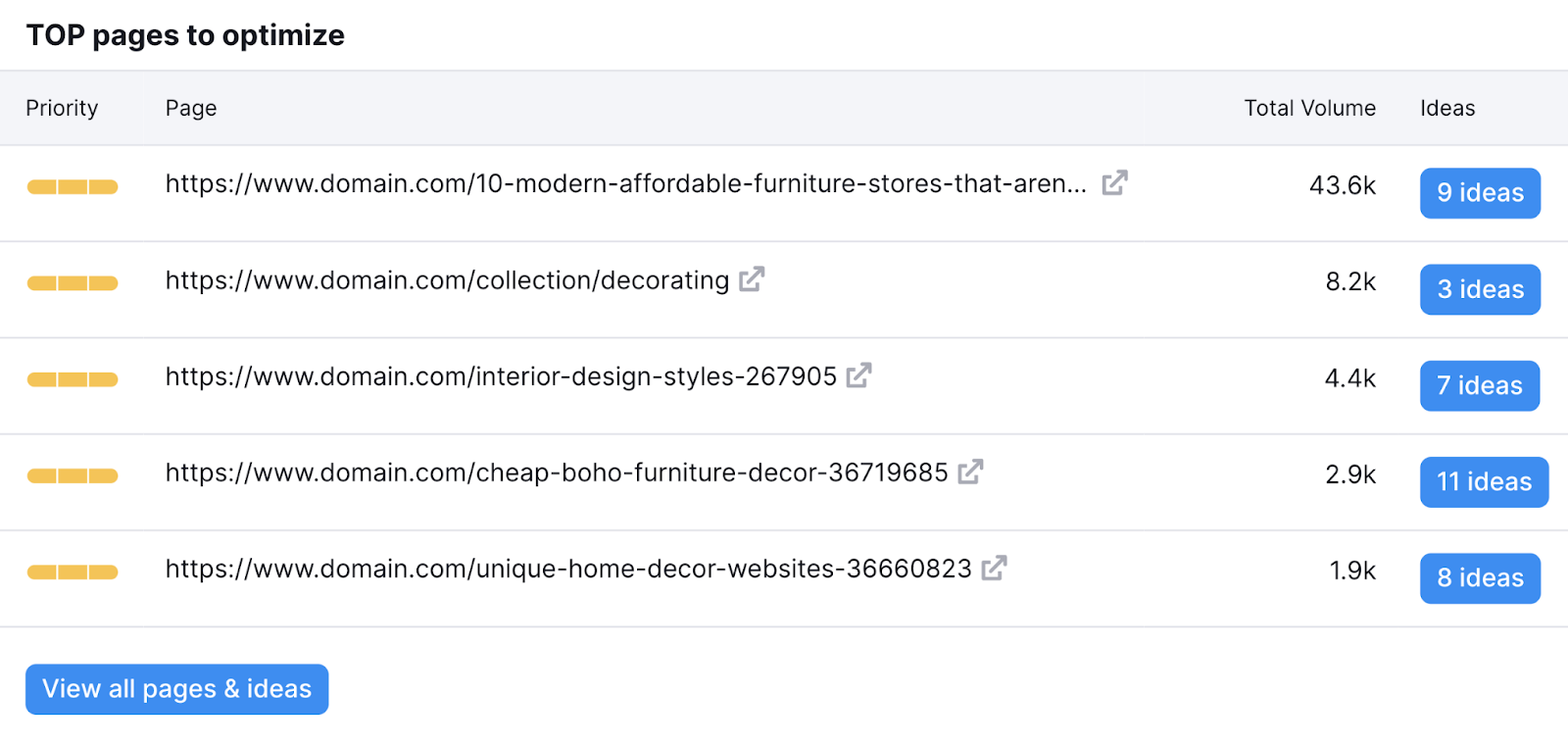
14. Build Trust with Seniors
Some seniors are understandably wary of the internet. They didn’t grow up using it, and they’re often warned about online scams.
So, it’s extra important to build trust with this audience.
The Senior List does this by showing it’s featured on reputable websites, like The Washington Post and CNBC.
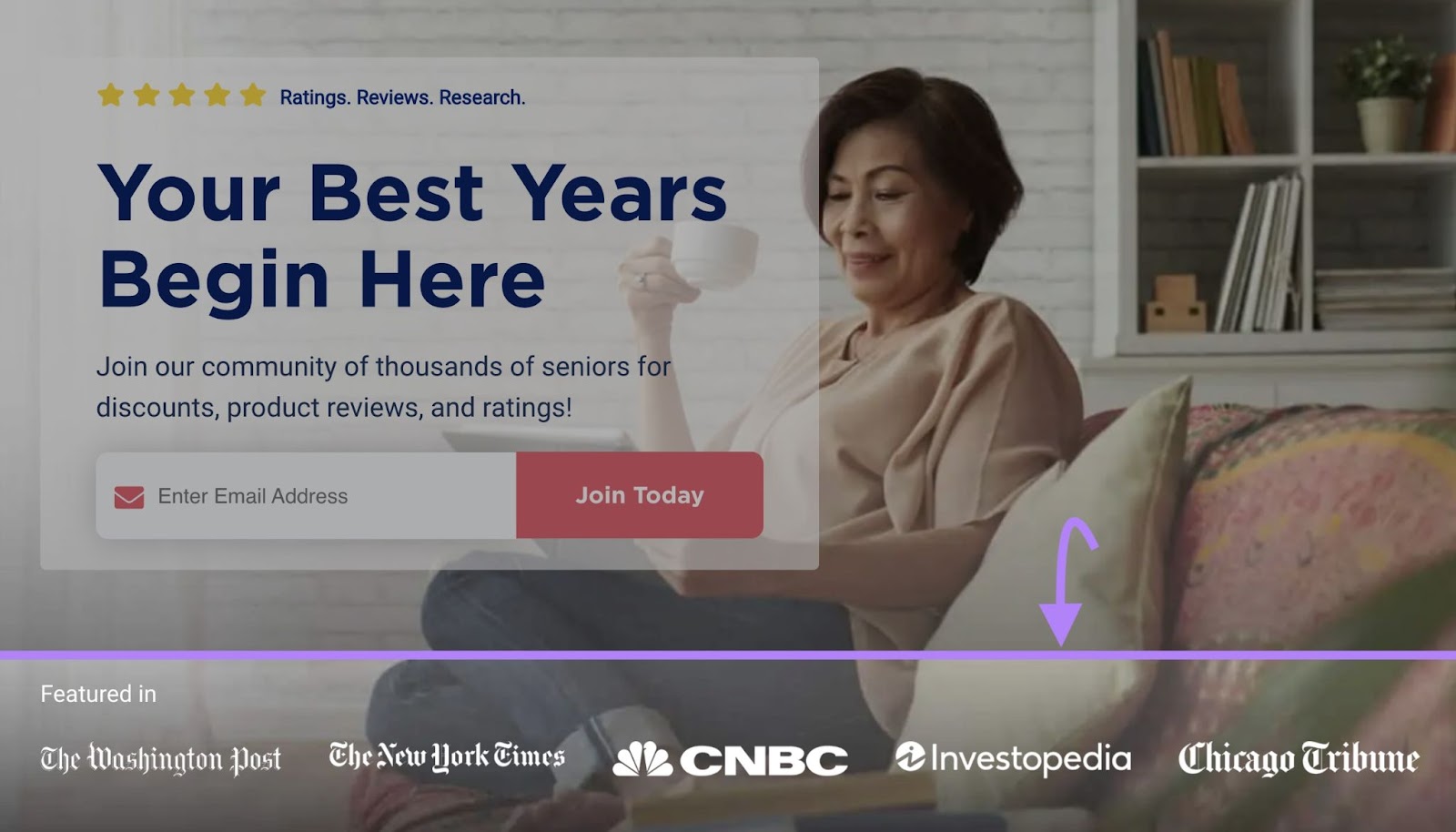
(If that doesn’t work for your business, try displaying accreditations, certifications, or accolades instead.)
The Senior List also humanizes its brand by introducing the real people behind it.
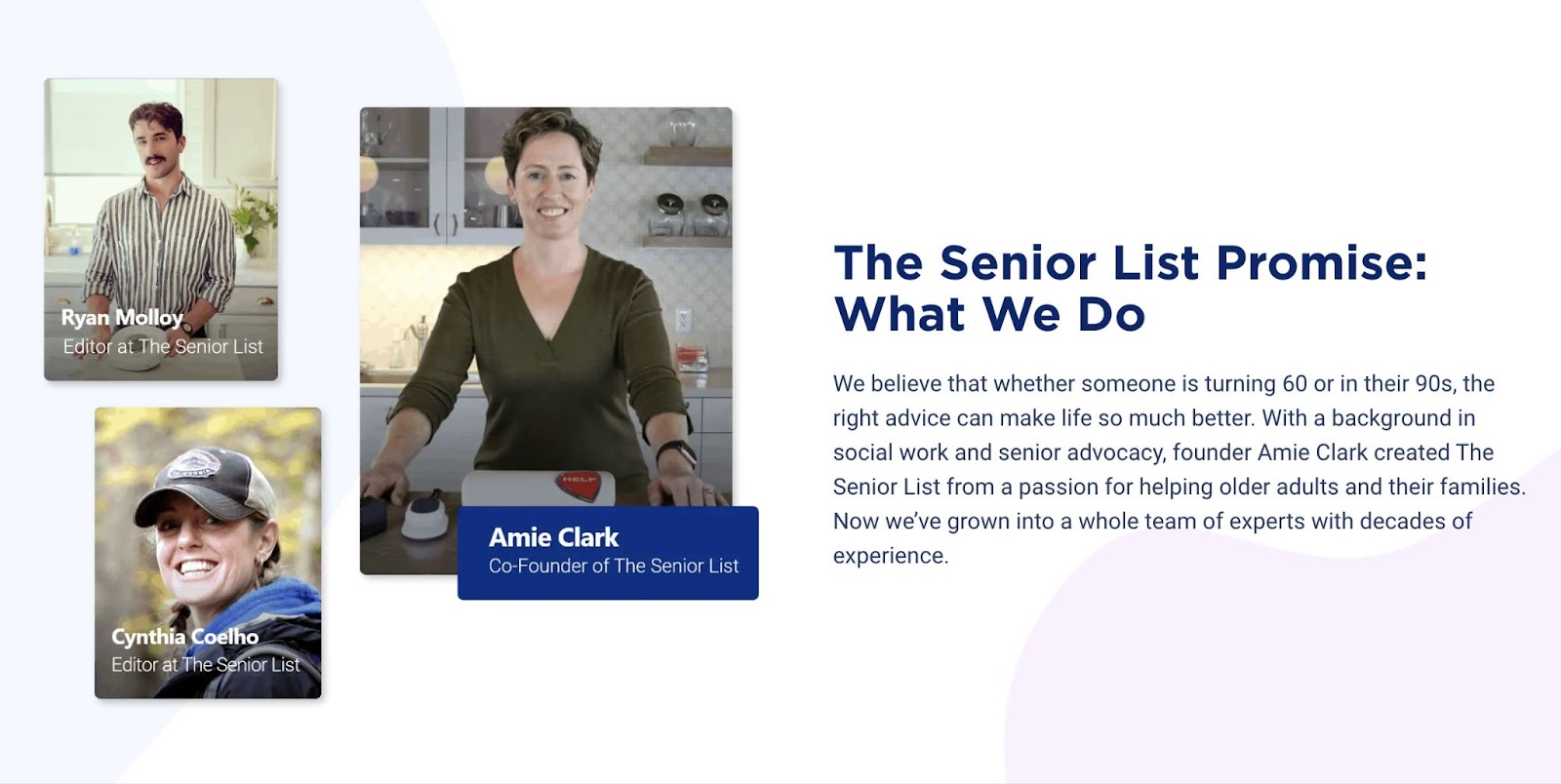
Articles are clearly attributed to their authors. And provide clear information that’s centered around the reader’s needs.
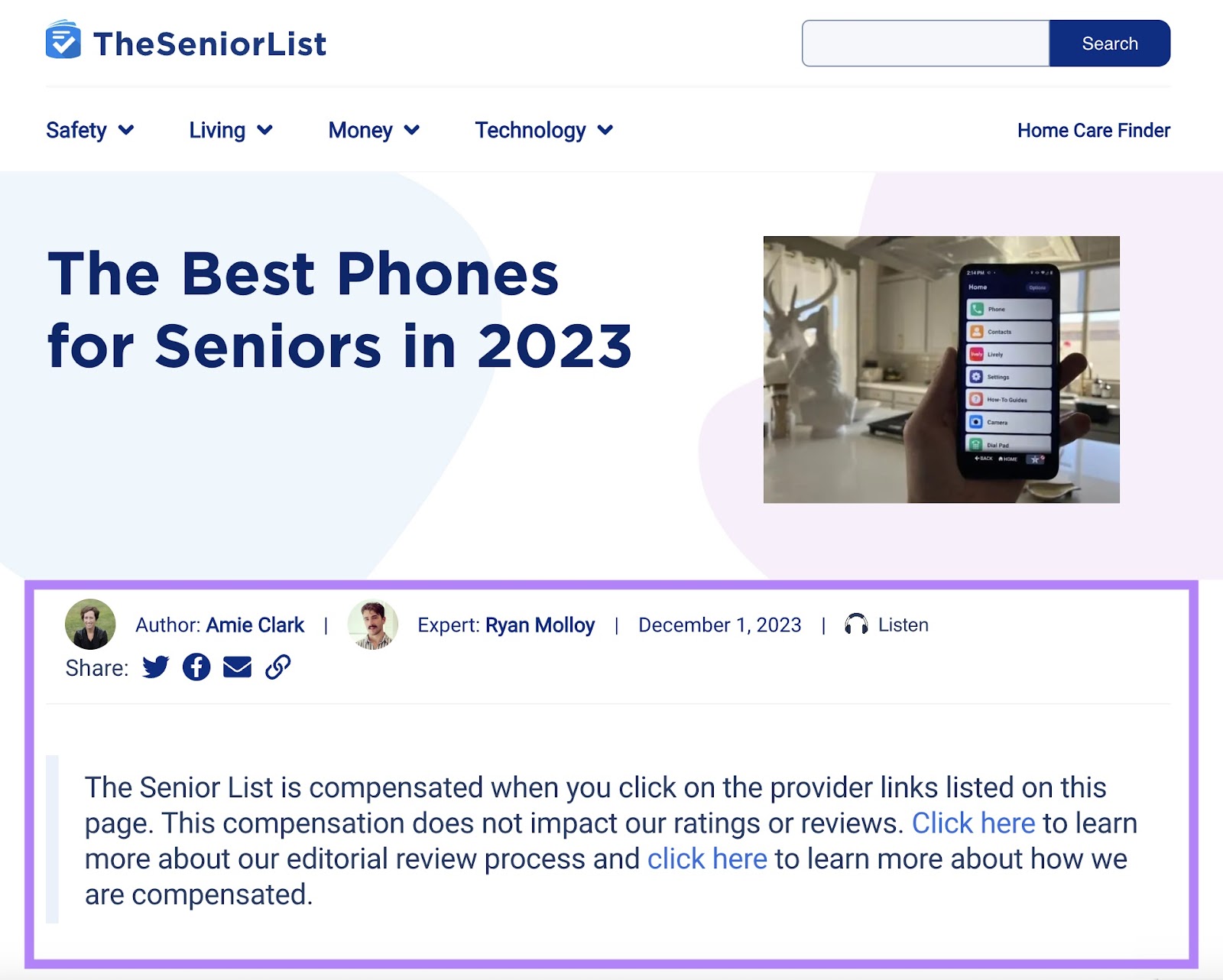
All this helps seniors feel like they’re getting advice from a trusted friend.
The Senior List also has a contact page.
This demonstrates transparency. And allows seniors to request help when they need it.
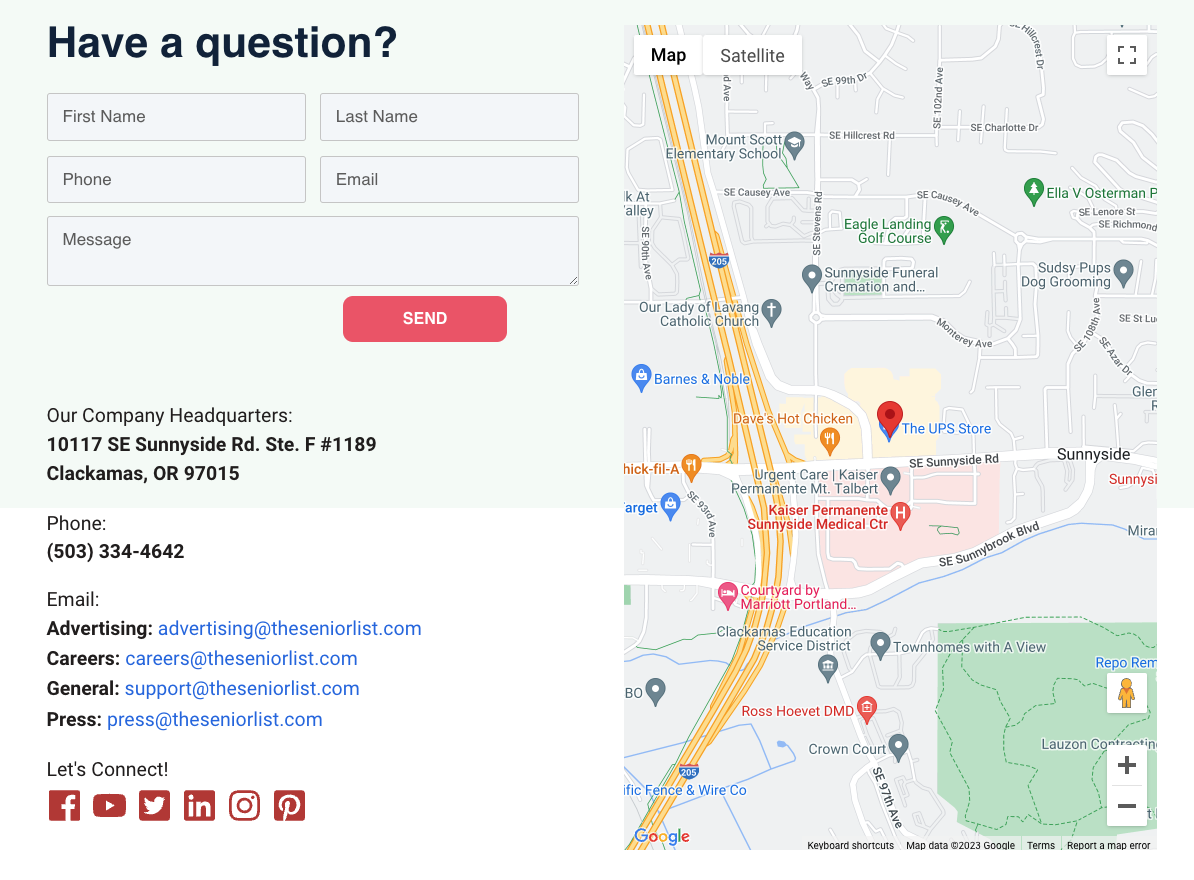
Marketing to Seniors with Semrush
Whether you’re marketing to seniors, people in a specific location, or any other audience segment, Semrush has the tools you need to make better decisions.
- Rank higher in search engine results with SEO tools
- Create engaging text, images, and videos with content tools
- Analyze markets, competitors, and audiences with market research tools
- Generate a high ROAS with advertising tools
- Extract more value from social platforms with our social media tools
Sign up now to explore the toolkit.
